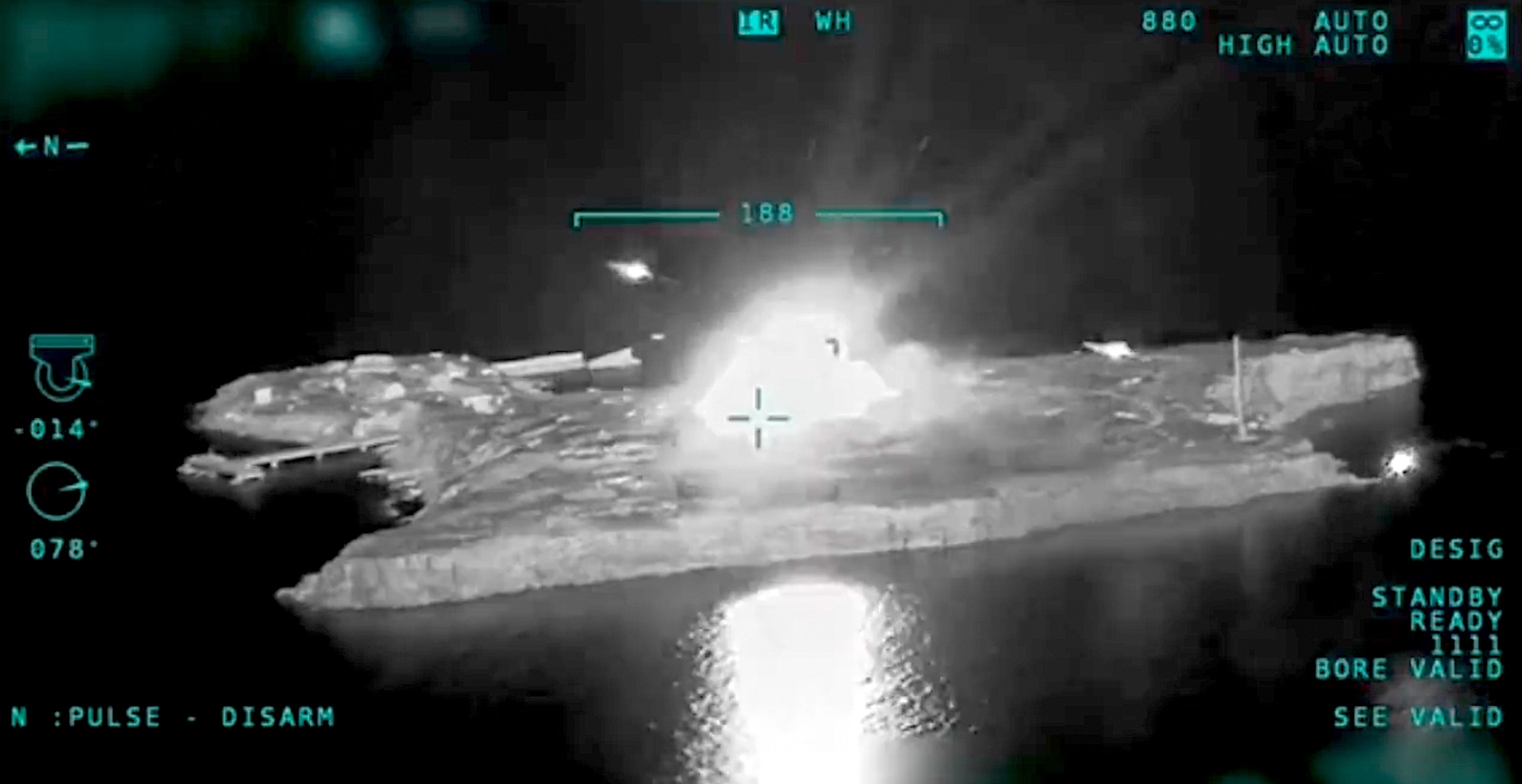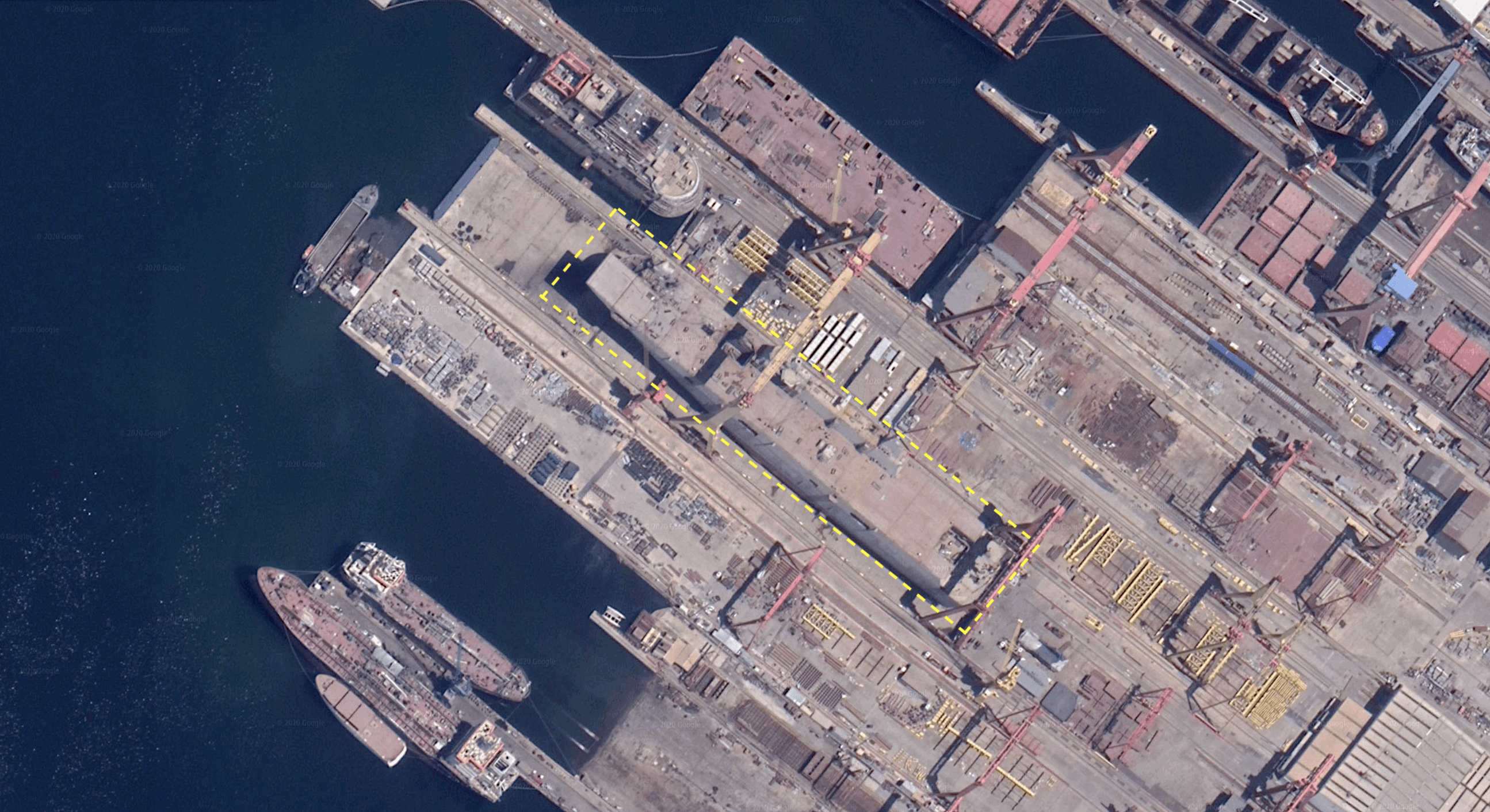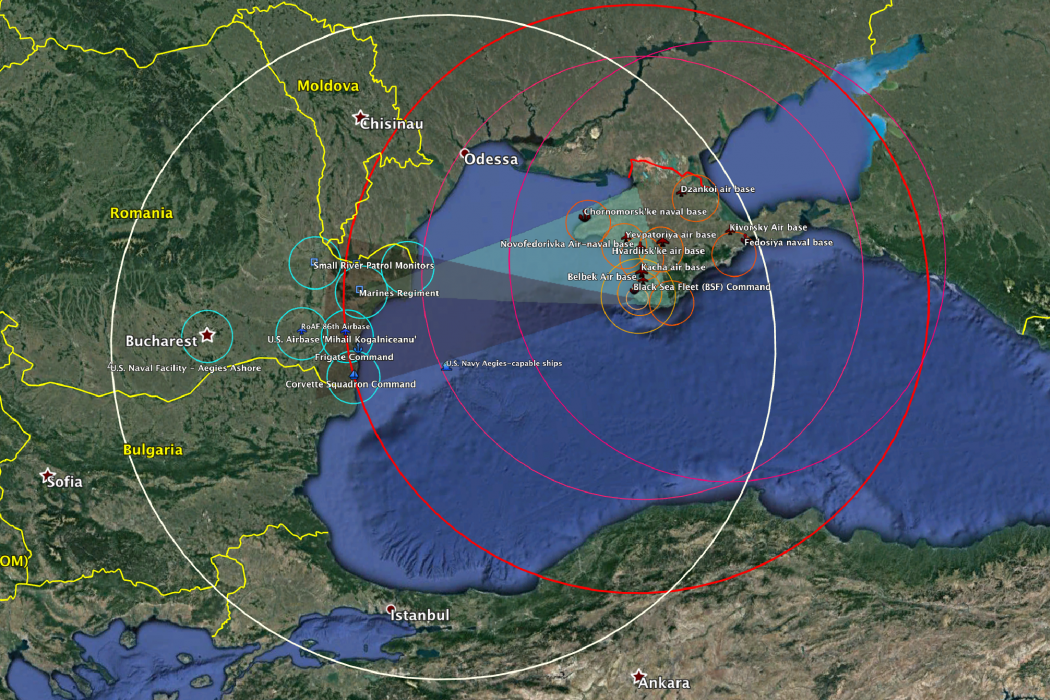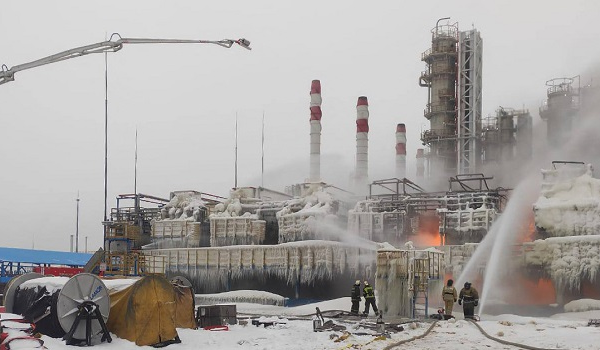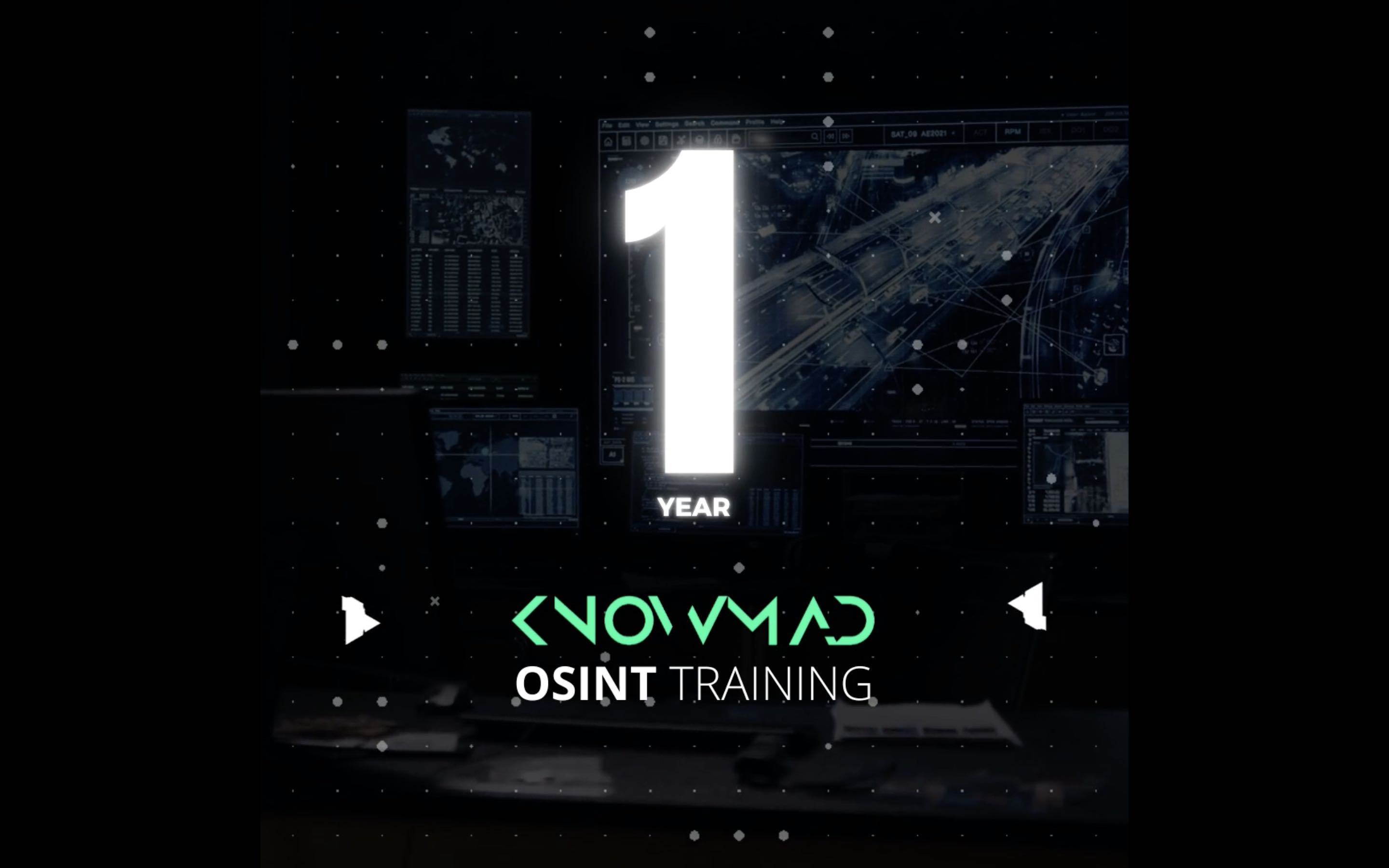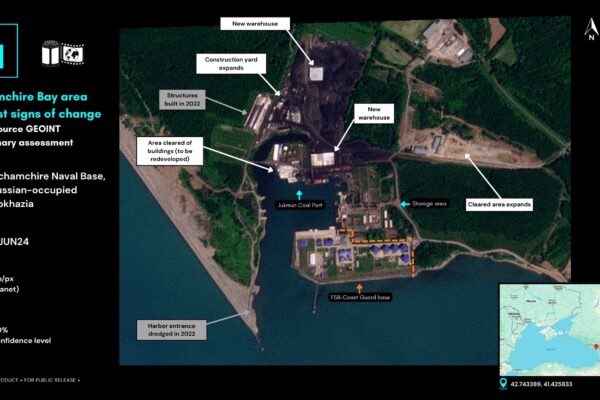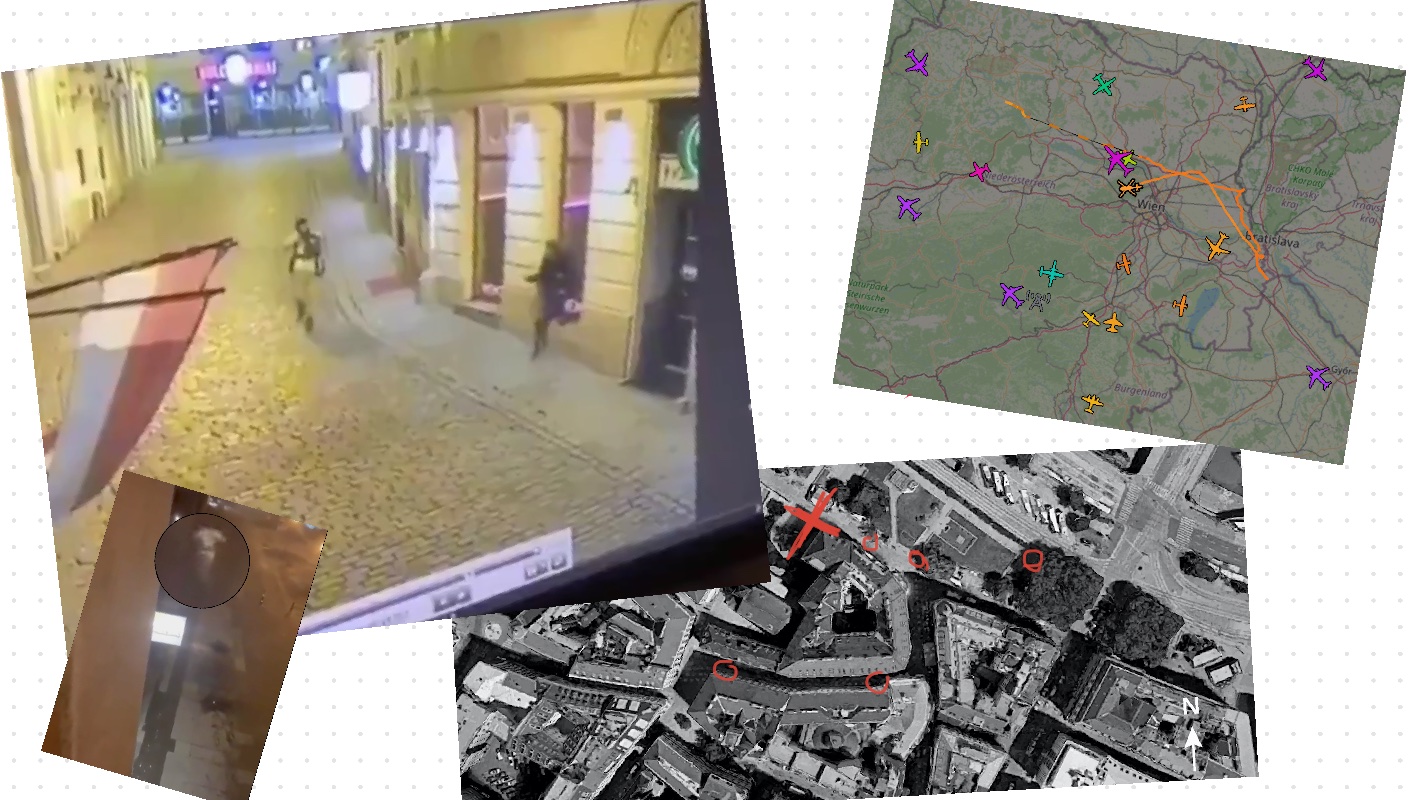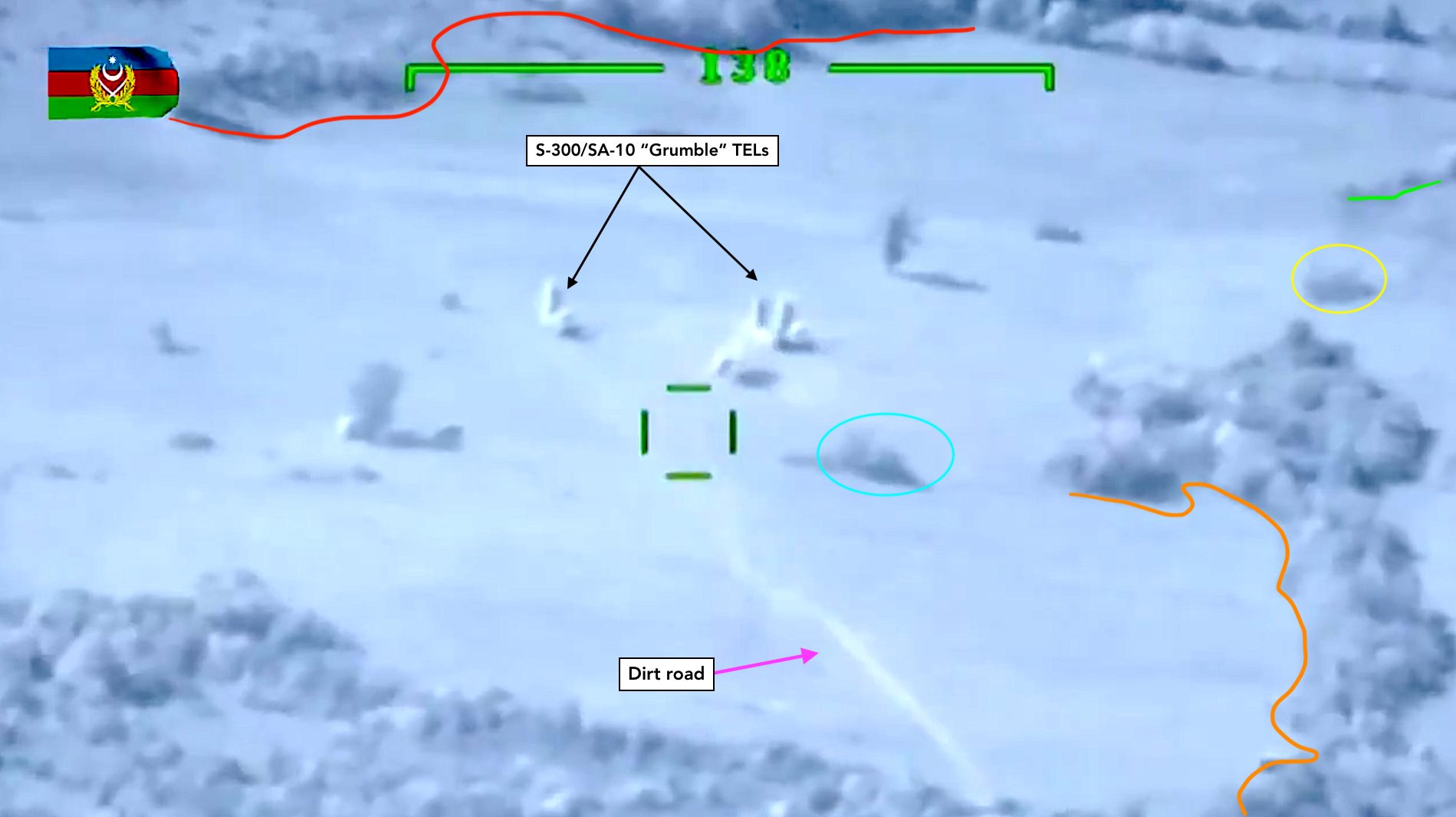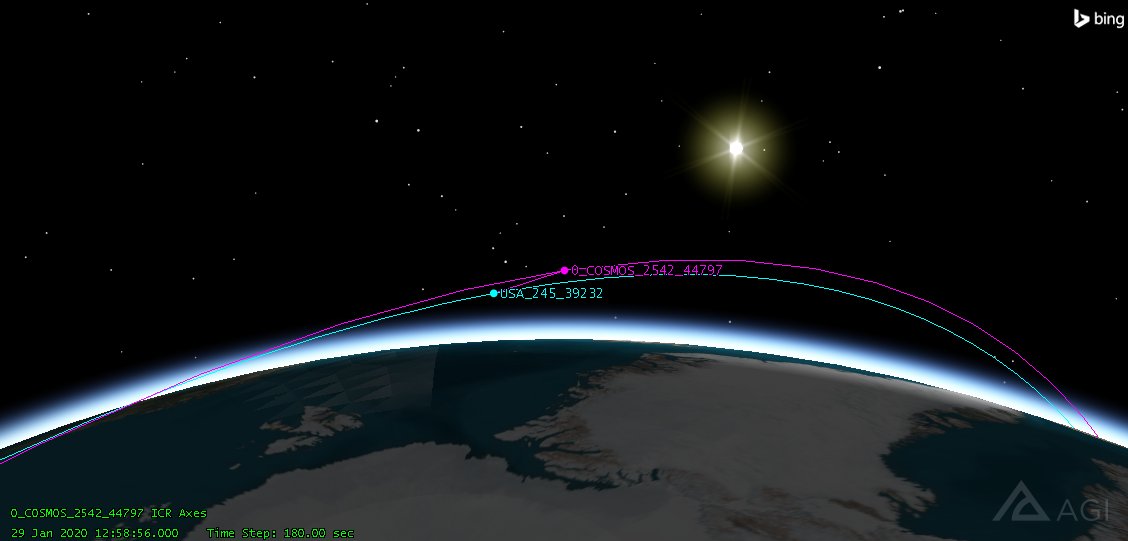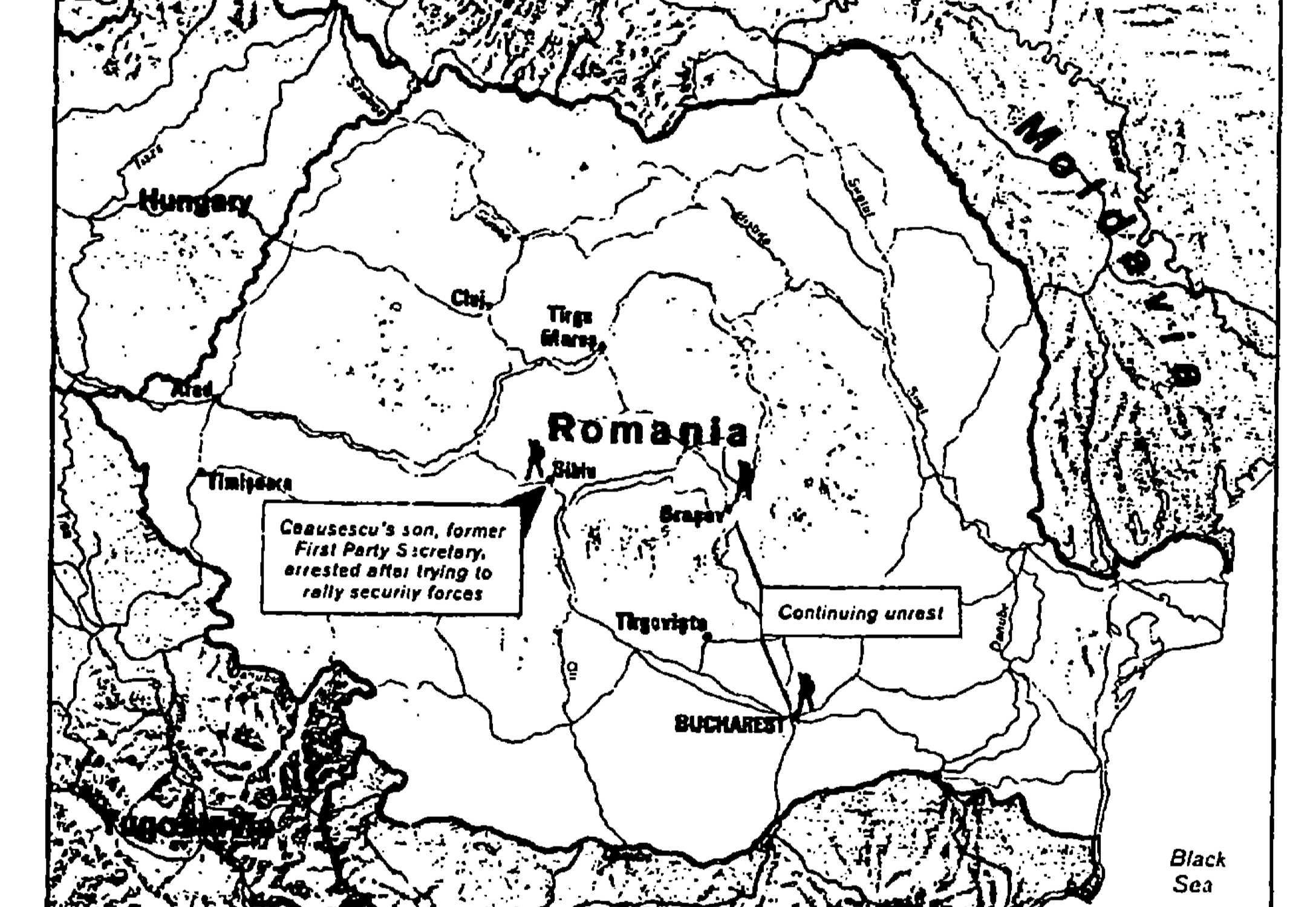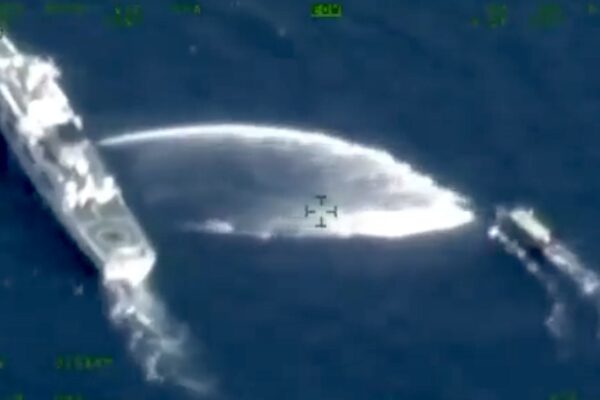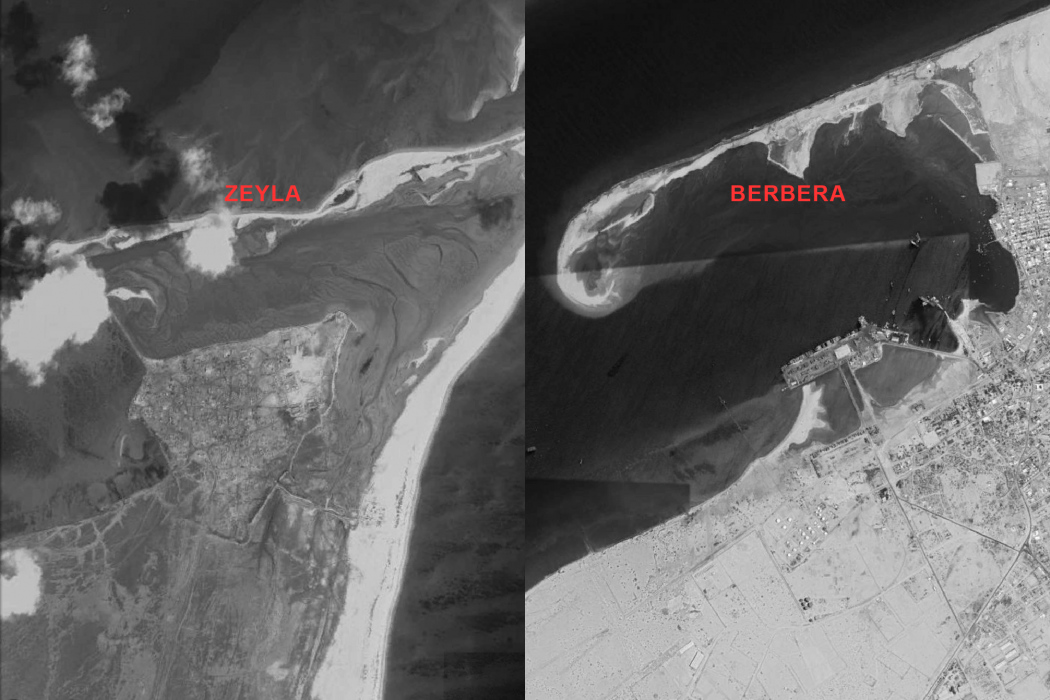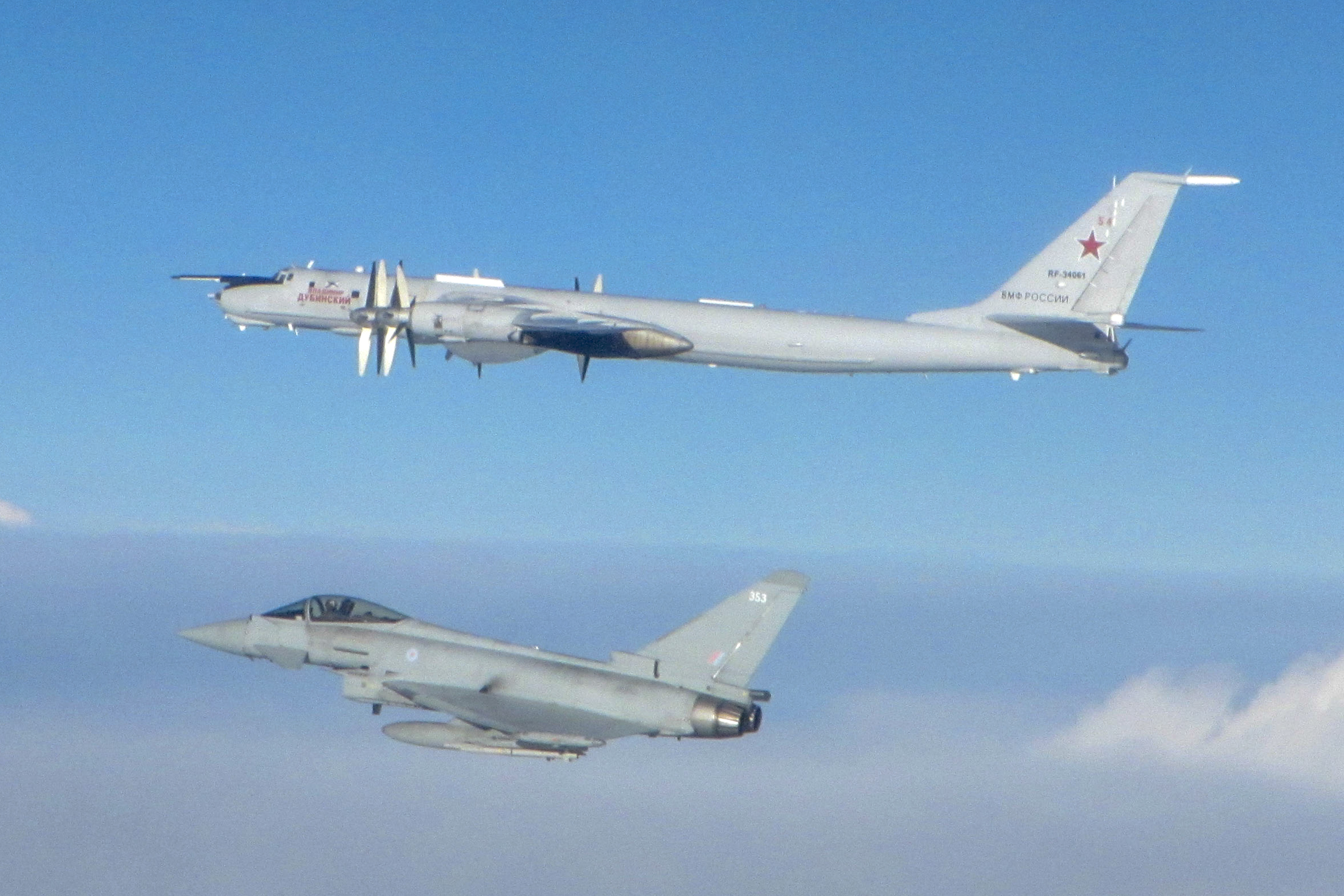Over the past eight years, The Israeli Air Force (IAF) has conducted over 300 “unclaimed” airstrikes against the Iranian Revolutionary Guards (IRGC) and its axis of transnational Shiite militias (the Iranian Threat Network/ITN) in Syria. Israel’s covert air campaign aims to avert an Iranian entrenchment in Syria and prevent the transfer of advanced weapons to Hezbollah and other militias that threaten Israel.
In 2020, the Israeli Air Force (IAF) has conducted 14 operations in Syria (by the date of the publication of this analysis). The IAF operations have targeted at least 23 different locations all over Syria, except for the northeast corner. Five of the 23 airstrikes occurred in the two weeks between 20 April and 4 May, indicating an increase in Iranian threat network (ITN) activity.
Thanks to ImageSatInternational’s battle-damage assessments and reports from the Syrian Observatory for Human Rights, as well as social media intelligence (SOCMINT), we were able to draw the following conclusions:
THE MORE THINGS CHANGE, THE MORE THEY STAY THE SAME
The recent Israeli airstrikes in the provinces of Quneitra, Suweida, Da’ara, and the Damascus area indicate that the IRGC’s external operations branch, the Quds Force (IRGC-QF), and the ITN still hold positions near the Israeli border despite Russian statements to the contrary.
Southern Syria has been the IAF’s primary area of operations for the past eight years. The vast majority of IRGC weapon shipments end up in Syrian military bases around Damascus and warehouses across the Lebanese border. With the Israeli-held Golan Heights just a stone’s throw away, Jerusalem is concerned that the ITN will use southern Syria as a springboard to attack Israel.
The IAF has also raided Damascus International Airport (DAI), where IRGC-linked airliners deliver missiles, munitions, and other weapons. While DAI is probably one of the most recurrent targets of the IAF, the airstrike on 13 February 2020 marked a premier. After years of hesitation, the IAF bombed the IRGC’s headquarters in Syria, a three-floor glasshouse near the airport entrance. By the time of the strike, the Glasshouse had nevertheless become a symbolic target due to extensive media coverage.
#ISI #intelligence report confirms: #Damascus International Airport – Headquarters and warehouses destroyed by airstrike (17/2/2020). #Syria pic.twitter.com/g8QIMqnaqZ
— ImageSat Intl. (@ImageSatIntl) February 18, 2020
Like before, the IAF has also prosecuted high-value targets (HVT) targets on Syrian soil. In late February, the IAF successfully neutralized the local Hezbollah operative Imad Tawil who was driving in the town of Hader, near the Israeli border. Imad Tawil was facilitating Iran’s efforts to secure a foothold on the Golan Heights, according to local media reports.
On 18 April, an Israeli drone unsuccessfully targeted Hezbollah commander Mustafa Mughniyeh, son of the group’s late second-in-command Imad Mughniyeh near the Lebanese border. As video surveillance seems to show, Mustafa Mughniyeh and his security detail managed to flee the vehicle before the bombs hit.
תיעוד: תקיפת רכב השטח של החיזבאללה. מי, מה, איך וכמה pic.twitter.com/SJaflVGdzw
— אינטלי טיימס – Intelli Times (@IntelliTimes) April 17, 2020
ABU KAMAL IS THE NEW FLASHPOINT
The Syrian-Iraqi border became the IAF’s new focal point after IRGC-backed forces captured the town of Abu Kamal from ISIS in late 2017. Because of its geostrategic position, the border crossing near Abu Kamal is a critical node in Iran’s logistical land-bridge, which stretches from Iran to Lebanon (the “Shiite Crescent”). All Iranian weapons that enter Syria via Iraq have to pass through Abu Kamal.
In 2019, Iran built an underground super-warehouse, called “Imam Ali” garrison, to shelter some of the cargo entering Syria. The Popular Mobilization Units (PMUs), an umbrella of over 60 Iraqi (mostly) Shiite militias loyal to Iran, control the Imam Ali site as well as the entire Syrian-Iraqi border. Kata’ib Hezbollah, Badr Organisation, Harakat Hezbollah al-Nujaba, Asaib al-Haq, and the Imam Ali Brigades (IAB) are some of the most influential PMU groups invested in Syria.
Other Shiite militias, including Brigade 313 (Syrian), the Liwa Fatemiyoun (Afghan Shiite Hazaras), and Liwa Zainbiyoun (Pakistani Shiite Zaidi) are also operating in the area and elsewhere in Syria. SOHR estimates that the Iranian threat network (ITN) has around 6,200 fighters in the Mid-Euphrates River Valley (MERV) area.
Naturally, the target-rich Abu Kamal area has become a hotspot of IAF activity. In 2020, the IAF bombed IRGC-QF and PMU positions in eastern Syria on three different occasions (January, March, and May).
In January, Israeli aircraft destroyed an IAB convoy near Abu Kamal, resulting in 8 Iraqi militiamen KIA. The Iraqis were reportedly delivering missiles to Hezbollah. During the same raid, the IAF also struck an arms depot in the same area.
On 11 March, the IAF prosecuted PMU installations around Abu Kamal again, including the “Imam Ali” garrison. Later in May, Israel raided a series of militia positions throughout the MERV. Overall, the three operations killed at least 48 Iraqi militiamen and Iranian operatives.
#ISI preliminary #BDA report reveals that 15 structures were attacked, 13 destroyed, and two structures partially damaged in the #Iranian “#ImamAli” base, #Albukamal, #Syria.#intelligence #space #IMINT #VISINT #Defense #Defence #Hizballah #Militias pic.twitter.com/ViHAiXTFhw
— ImageSat Intl. (@ImageSatIntl) March 19, 2020
Maintaining maximum pressure on the Abu Kamal logistic node is imperative for denying Iran freedom of movement in Syria. The IAF needs to demonstrate that no matter the distance, Israel is willing and able to prosecute targets anywhere in the region. To make the point even clearer, Israel raided IRGC and PMU positions in Iraq five times last year.
THE IRGC IS MOVING UNDERGROUND
The IAF’s recent airstrikes revealed that the IRGC is increasingly relying on underground storage solutions to protect its weapons from Israeli attacks. While the Imam Ali garrison is the largest storage facility, Iran has built many other underground depots throughout Syria.
#ISI #intelligence report reveals Iran is building a new #tunnel at the Imam Ali #military base in Eastern #Syria capable of storing advanced weapons systems. pic.twitter.com/AyoSRLSRTs
— ImageSat Intl. (@ImageSatIntl) May 13, 2020
Battle damage assessment (BDA) of the 20 April 2020 strike shows that Israel bombed nine underground storage facilities north of Palmyra. The bunkers likely harbored weapons delivered either by land via Abu Kamal or by air to the nearby Tyias Air Base.
Before and After: #Syria, North of #Palmyra – Ammunition Storage #Attack’s (20 April 2020) #Aftermath.#ISI Assessment: this #airstrike probably intended to destroy #missiles or advanced #weapons storage.#IMINT #VISINT #intelligence #military pic.twitter.com/rmaZ6h676W
— ImageSat Intl. (@ImageSatIntl) May 3, 2020
A week later, on 27 April, Israel bombed a similar facility in Mezzeh Air Base in Damascus. While the airstrike damaged the entrance to the depot, it is unknown whether it also destroyed the underground bunker. Partly operated by the SyAAF Intelligence Directorate, one of the IRGC’s closest Syrian partners, Mezzeh Air Base is a safe-haven for Iran’s militias.
3/4: #Syria, Al Mazzeh #military airport – #ISI #intelligence report a probably #IRGCQF underground level’s entrance #attack’s (27 April 2020) #aftermath. pic.twitter.com/9xOOTZU8PM
— ImageSat Intl. (@ImageSatIntl) April 30, 2020
If Iran continues to build storage bunkers, it will force Israel jets to fly with ground-penetrating ordnance instead of cruise missiles. As bombs have a smaller operational range than cruise missiles, the Israeli jets will need to fly closer to their targets, which will expose them further to Syrian air defenses. For example, the Delilah cruise missile can be fired from a maximum distance of 250 km away. In comparison, the GBU-39 small diameter bomb, which has a warhead four times bigger than Delilah’s, is only capable of traveling 64 km in ideal circumstances. A hardened penetration bomb as the BLU-109, with an 874 kg warhead, will require a release from an ever closer range. An increased payload also translates into a larger aircraft radar-cross section, making it easier for Syrian radars to detect the IAF jets, and a decreased flight maneuverability and range.
ISRAEL CONTINUES TO DEFY THE SYRIAN S-300
Israel’s daring strikes near Homs and Shayrat, deep inside the engagement range of Syria’s S-300’s (NATO reporting name: SA-20B “Gargoyle”), have proved again that the IAF enjoys air superiority over Syria. While there are also topological and tactical factors at play, it is virtually certain by now that Russia, who gifted the S-300 to the SyAAF, has forbidden the Syrians from using it against Israeli aircraft (read more about the S-300 issue here).

Masyaf-based SA-20B approximate engagement range via T-Intelligence. (Radar detection is not modeled on the area’s topography)
On 31 March, the IAF disrupted flight operations at Shayrat Air Base by bombing the runway and air traffic control equipment. The attack also destroyed a warehouse, likely harboring Iranian weapons. However, after the Syrians patched the runway craters up and replaced the navigation beacons, aerial activity at Shayrat resumed within two weeks.
#Coronavirus effect: Bombing Syrian airbase temporarily delays shipments from Iran.#ISI #IMINT #VISINT #Intelligence #Space #Syria #Iran #COVID #COVIDー19 pic.twitter.com/fWLZWsbPAP
— ImageSat Intl. (@ImageSatIntl) April 9, 2020
On 1 May, another Israeli raid, this time near Homs, shook the earth when it destroyed a weapons depot, setting off a chain of secondary explosions. As the BDA shows, the Israeli attack has completely wiped out the warehouse and the adjacent parking lot.
#ISI #intelligence report reveals the warehouse explosion’s (1 May 2020) aftermath in #Homs, #Syria.#Assessment: The warehouse probably hosted a massive amount of #weapons or #explosives, which exploded and caused the concrete structure entirely disappearance. pic.twitter.com/CKjMLPxc4c
— ImageSat Intl. (@ImageSatIntl) May 5, 2020
HEZBOLLAH IS STILL RECEIVING PRECISION-GUIDED MISSILES
On 4 May, Israeli missiles struck a missile production facility in al-Safirah, an area south of Aleppo. The al-Safirah plant is one of three facilities that are associated with the Scientific Studies and Research Center (SSRC), the regime’s prime proliferator of weapons of mass destruction (WMDs). While the SSRC has traditionally focused on producing Scud ballistic missiles and chemical agents for the Syrian regime, it now works under Iranian control to “home grow’ precision-guided munition (PGM) for Hezbollah and other groups.
#ISI #intelligence report reveals: the #strike (4 May) in #AlSafirah #SSM facility, located Southeast of #Aleppo, #Syria, caused severe damage to the workshop building. #Assessment: the workshop probably had a critical role in the #missile production and assembly process. pic.twitter.com/XlIFq1xeCp
— ImageSat Intl. (@ImageSatIntl) May 7, 2020
Back in 2016, Iran initiated a back-up plan to funnel PGM technology to Hezbollah, as a response to the relentless Israeli raids. Instead of struggling to deliver ready-made missiles, the IRGC shifted to smuggling GPS conversations kits and missile components to Hezbollah. Under Iranian supervision, Hezbollah engineers learned to produce the weapons themselves. Using specialized facilities, they aim to convert Hezbollah’s inventory of 150,000 “dumb” rockets into PGM (you can read more about the Iran-Hezbollah PGM program and Israel’s response to it, here).
In 2019, the Israeli Defense Forces (IDF) publicized the location of four such missile conversation and production sites in Lebanon, indicating that Iran PGM’s program is bearing fruit.
The PGM program, as all Iran extraterritorial activities, was directly supervised by the late Gen. Qasim Soleimani. Likely, his sudden assassination in Baghdad earlier this year interrupted the operation.
However, the IAF’s airstrike on 4 May brought new evidence that Iran’s PGM “do-it-yourself” program is continuing and proliferating also inside Syria. If this is true, then Hezbollah and other militias hostile to Israel are still obtaining advanced striking capabilities from Iran despite Israel’s extensive air campaign for nearly a decade.
Should Hezbollah manage to convert even a quarter of its inventory of 150,000 “dumb” rockets into missiles that can strike targets with pinpoint accuracy, Israel’s national security will be severely threatened.
by HARM
Editing by Gecko
Founder of T-Intelligence. OSINT analyst & instructor, with experience in defense intelligence (private sector), armed conflicts, and geopolitical flashpoints.



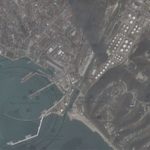


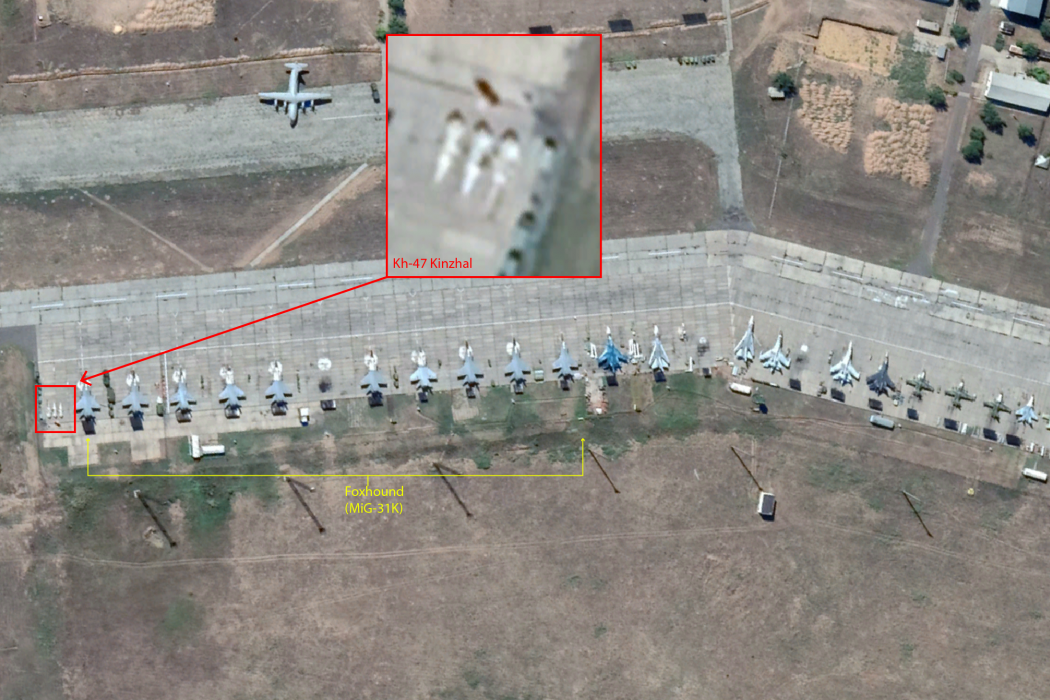
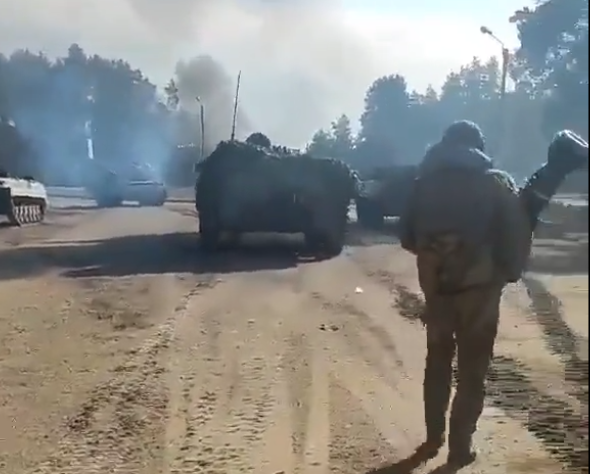

![Evacuation “Shattered Glass”: The US/ Coalition Bases in Syria [Part 1]](https://t-intell.com/wp-content/uploads/2020/02/KLZJan.62018copy_optimized.png)
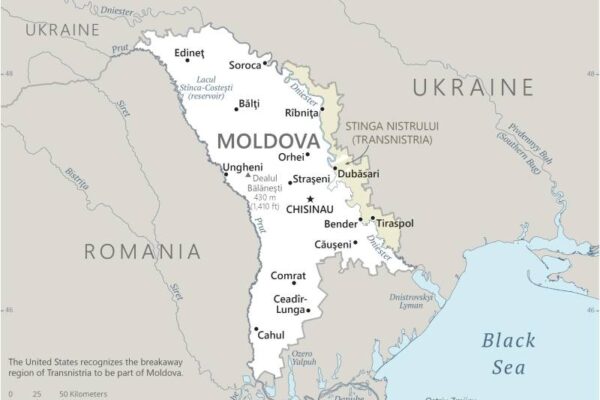

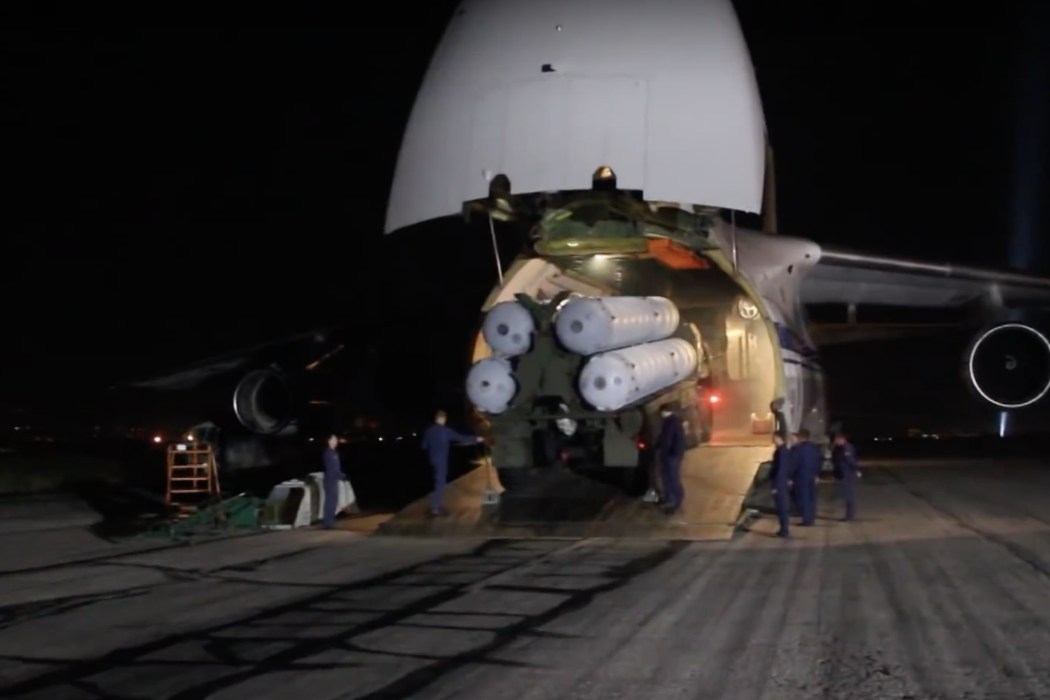

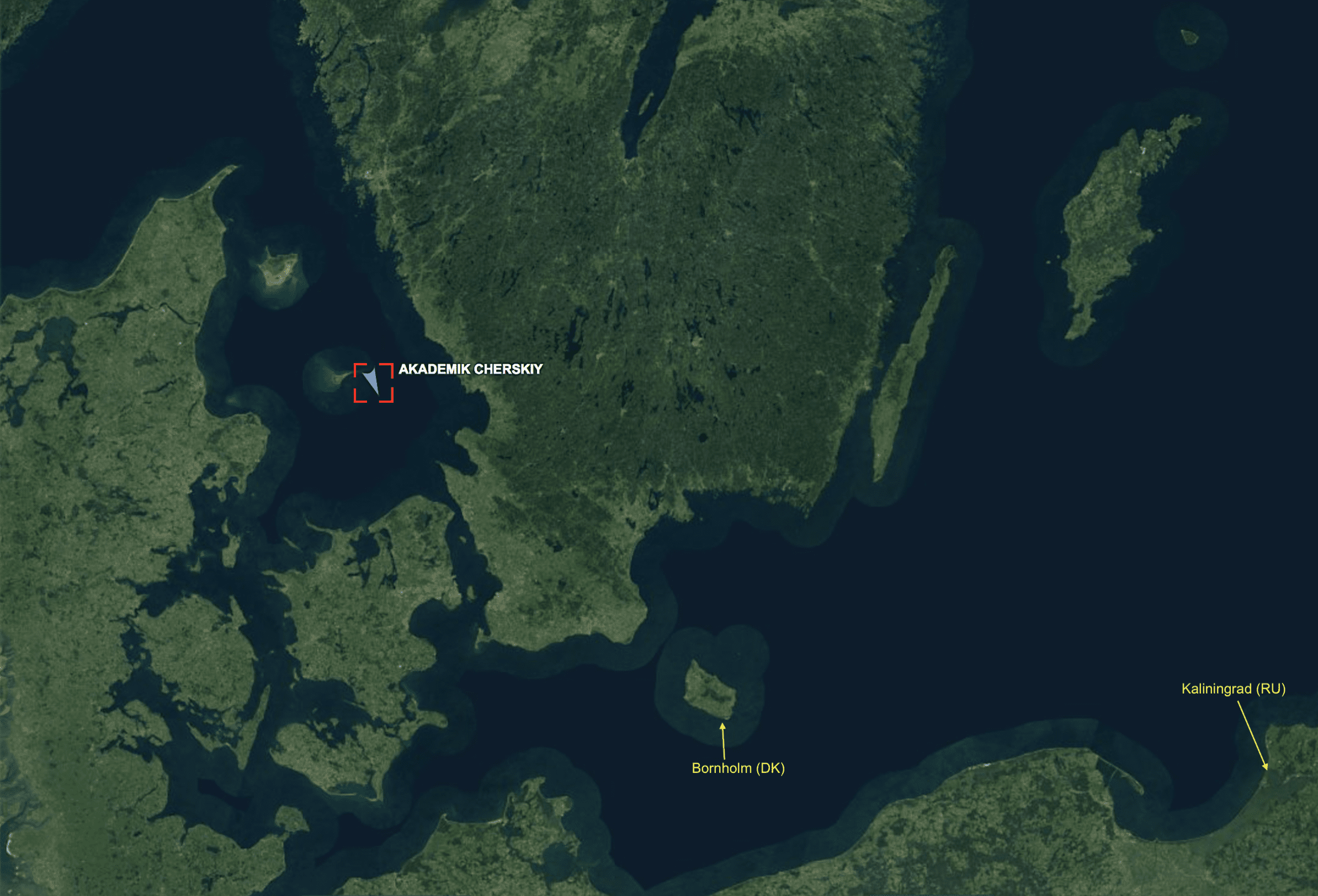
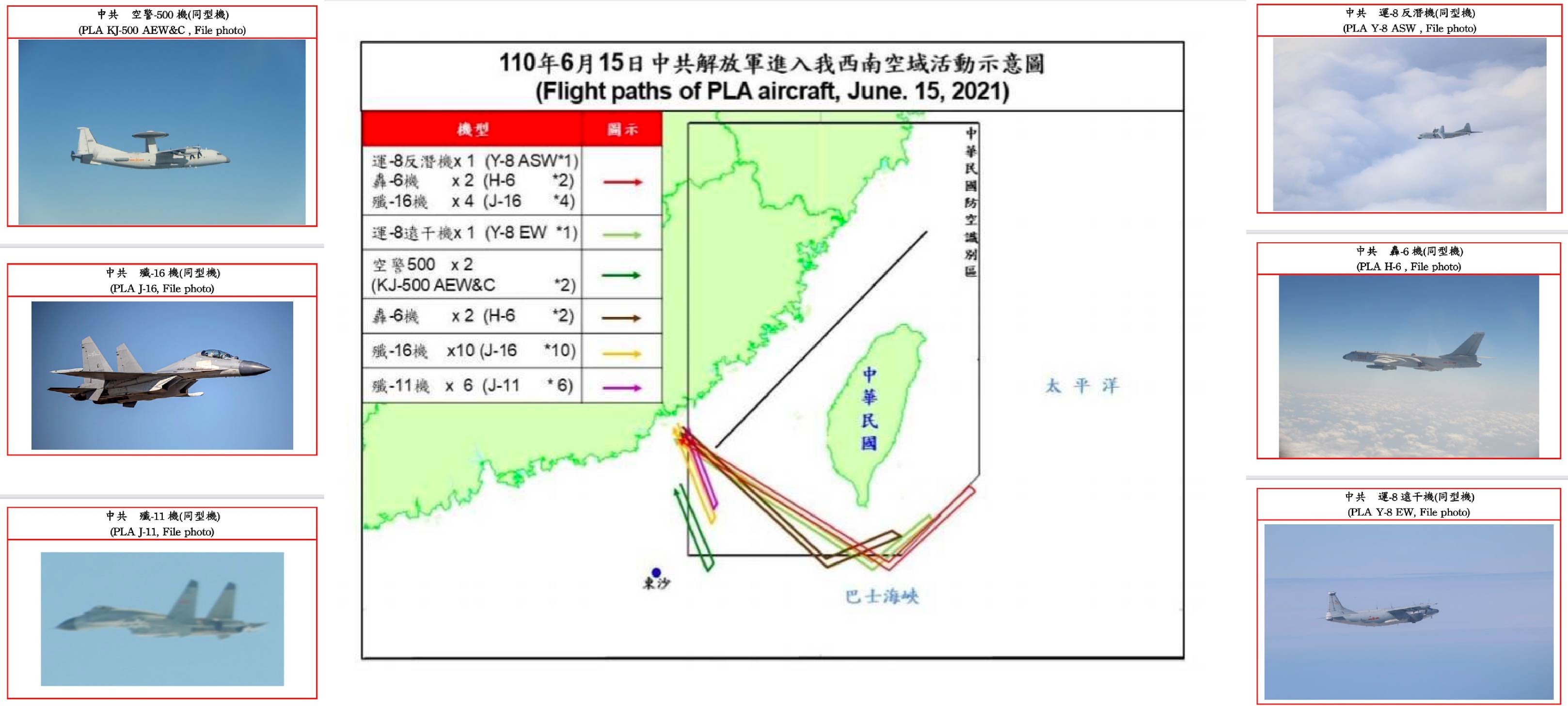

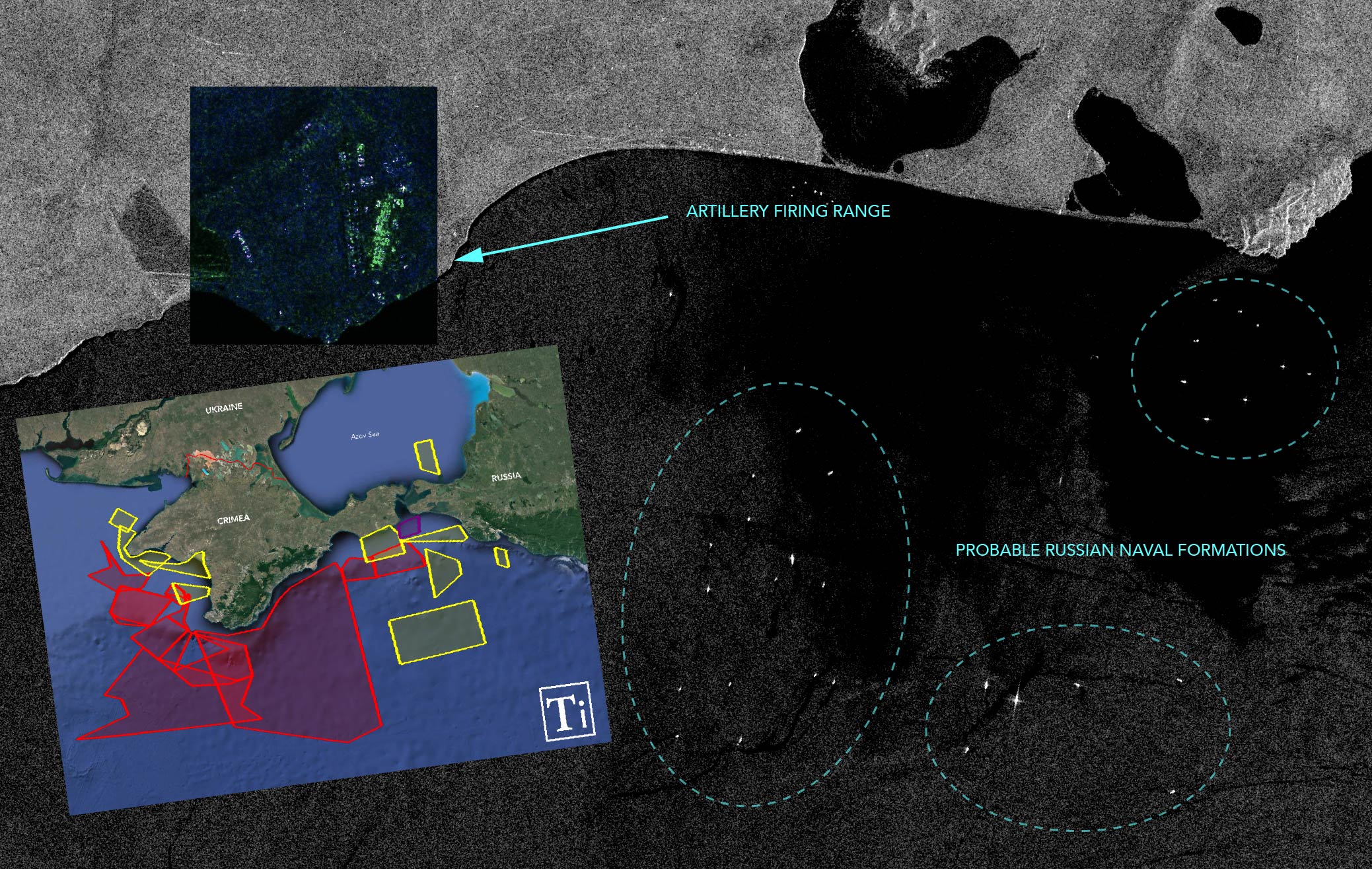
![This is How Iran Bombed Saudi Arabia [PRELIMINARY ASSESSMENT]](https://t-intell.com/wp-content/uploads/2019/09/map4cover-01-compressor.png)
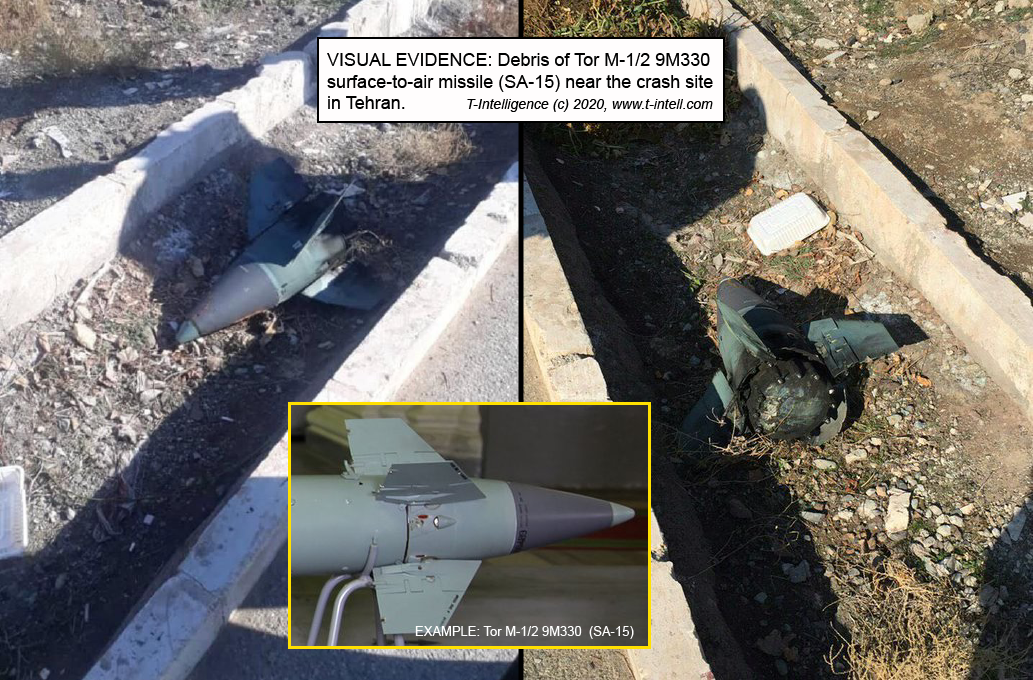


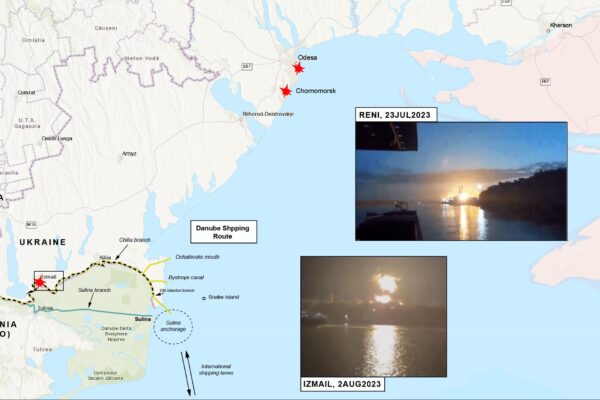
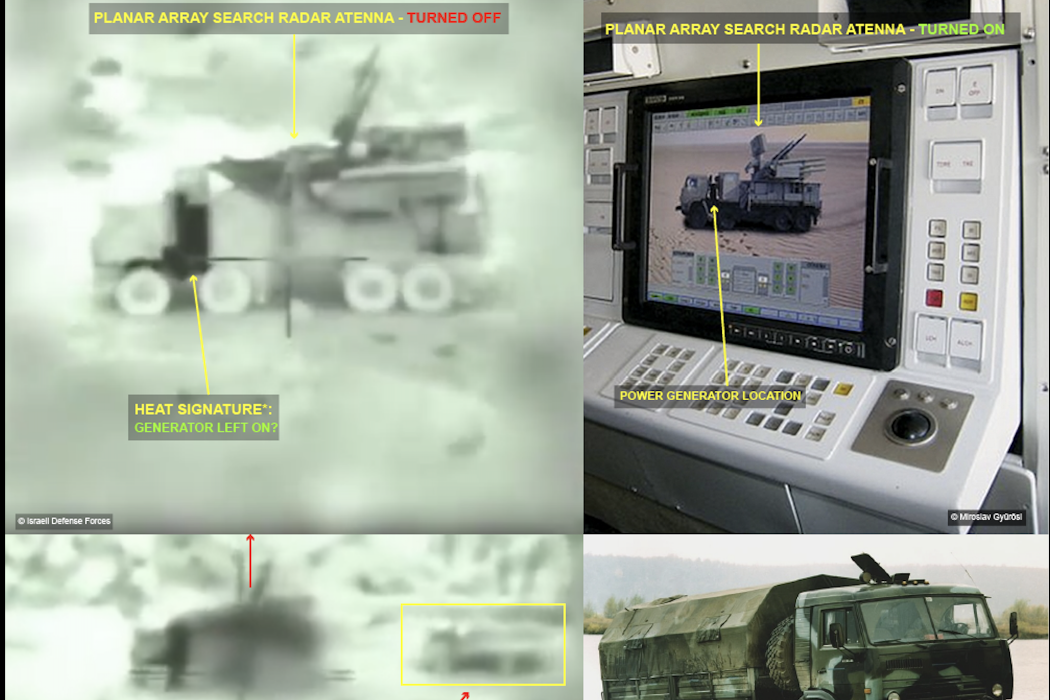

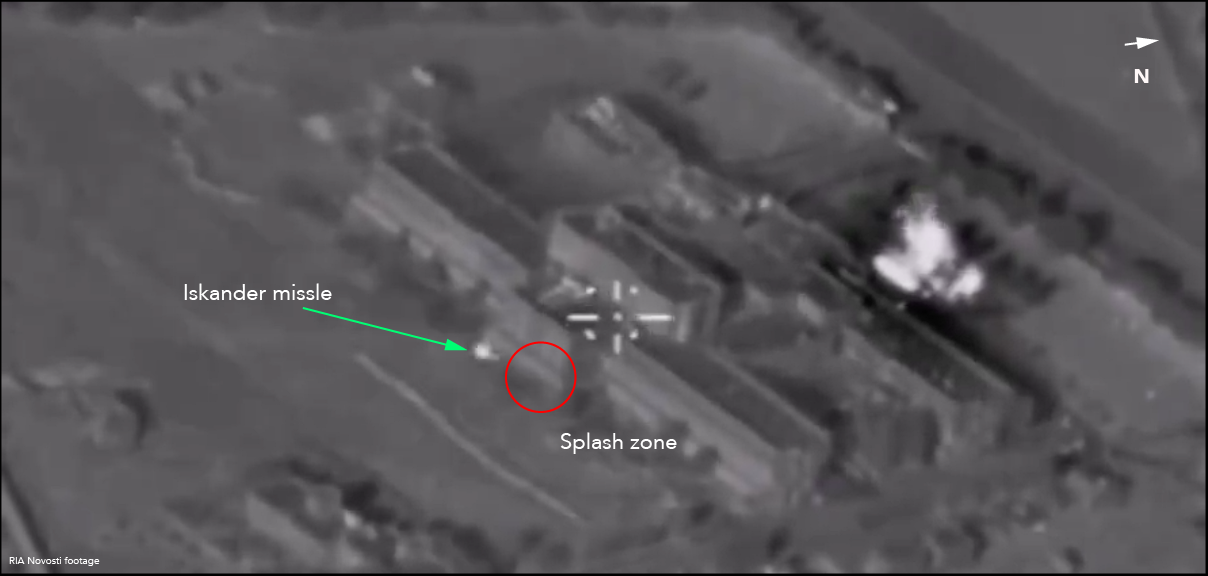
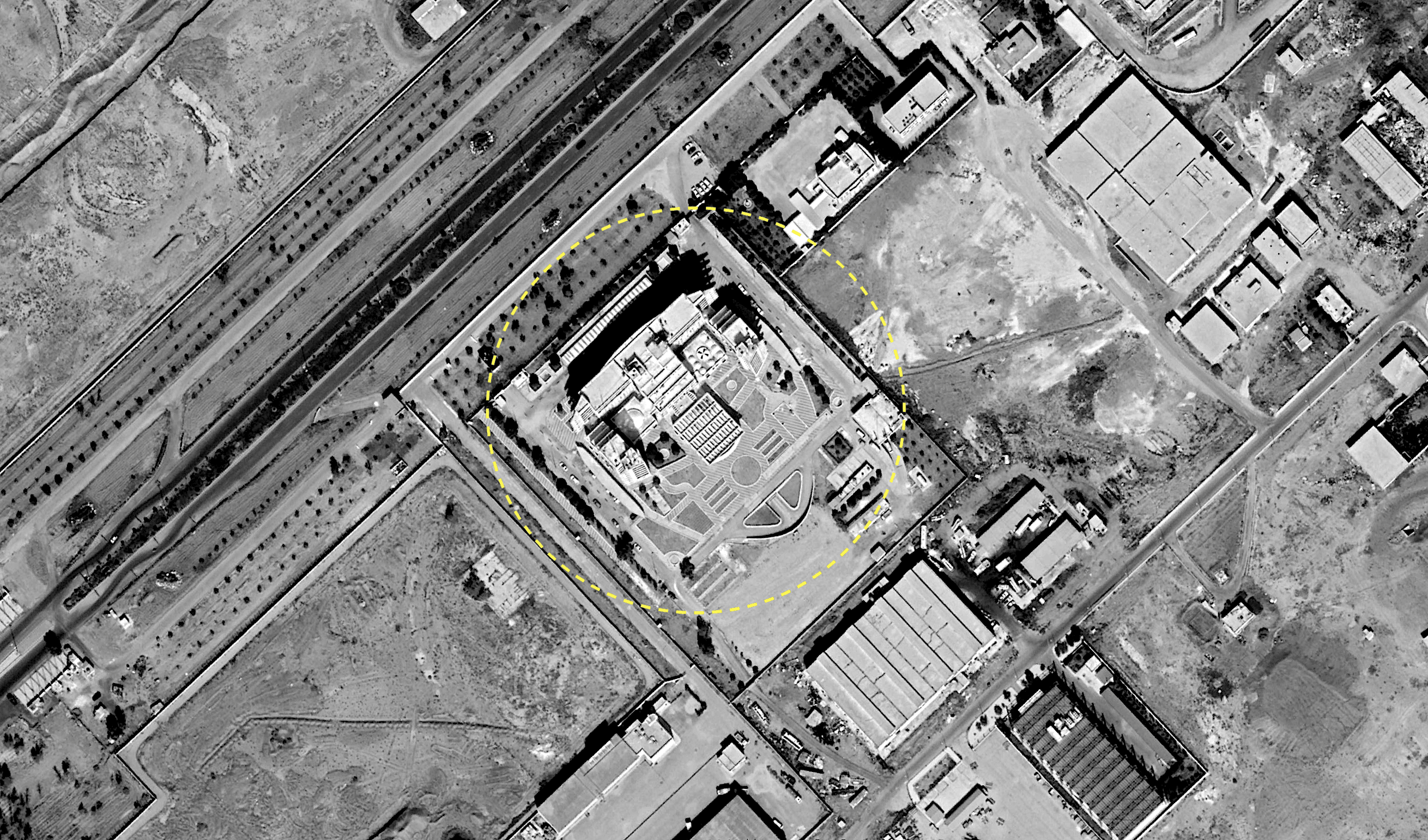
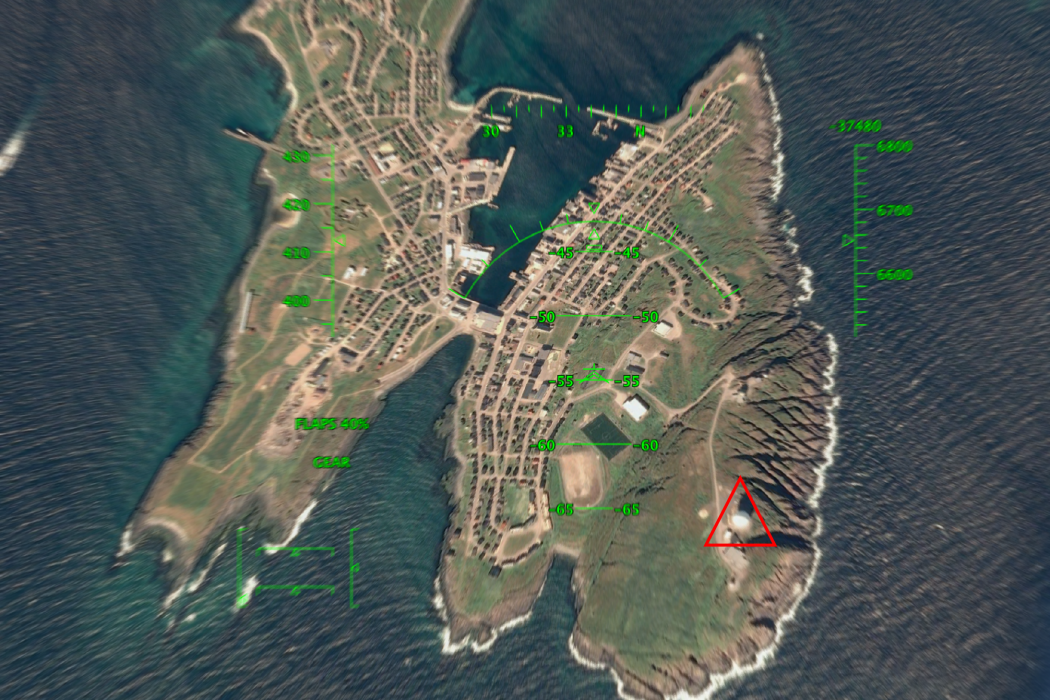



![Pride of Belarus: Baranovichi 61st Fighter Air Base [GEOINT]](https://t-intell.com/wp-content/uploads/2021/08/cover_article.jpg)
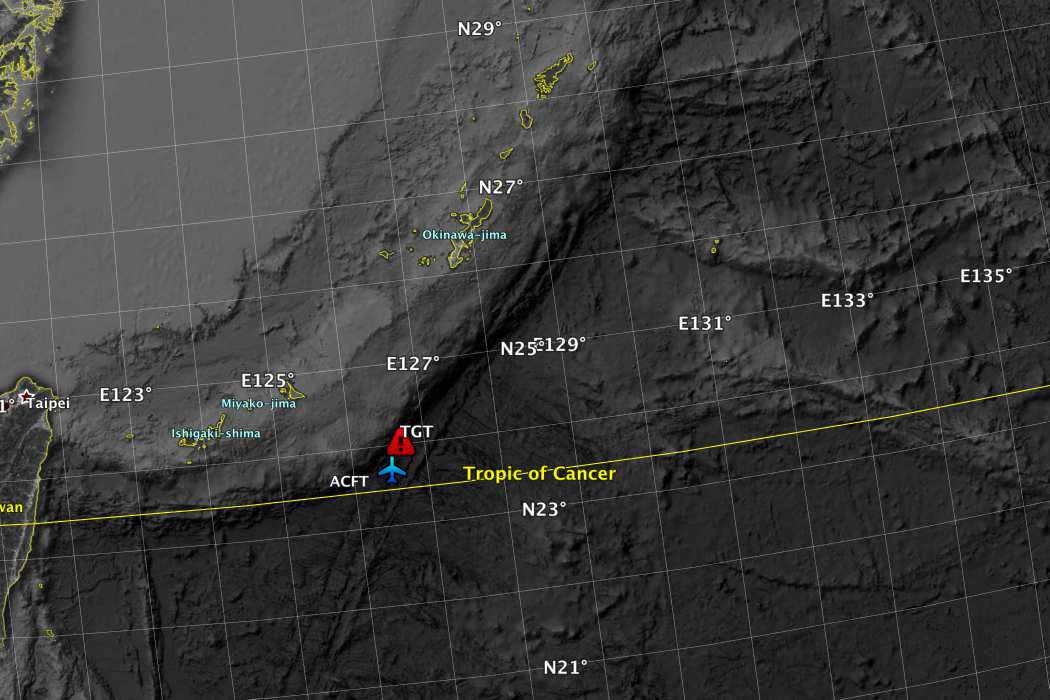
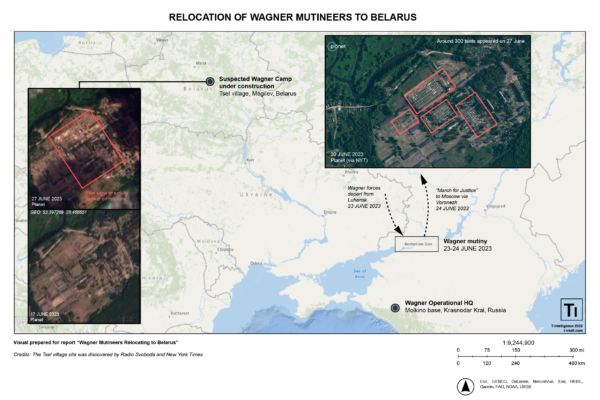
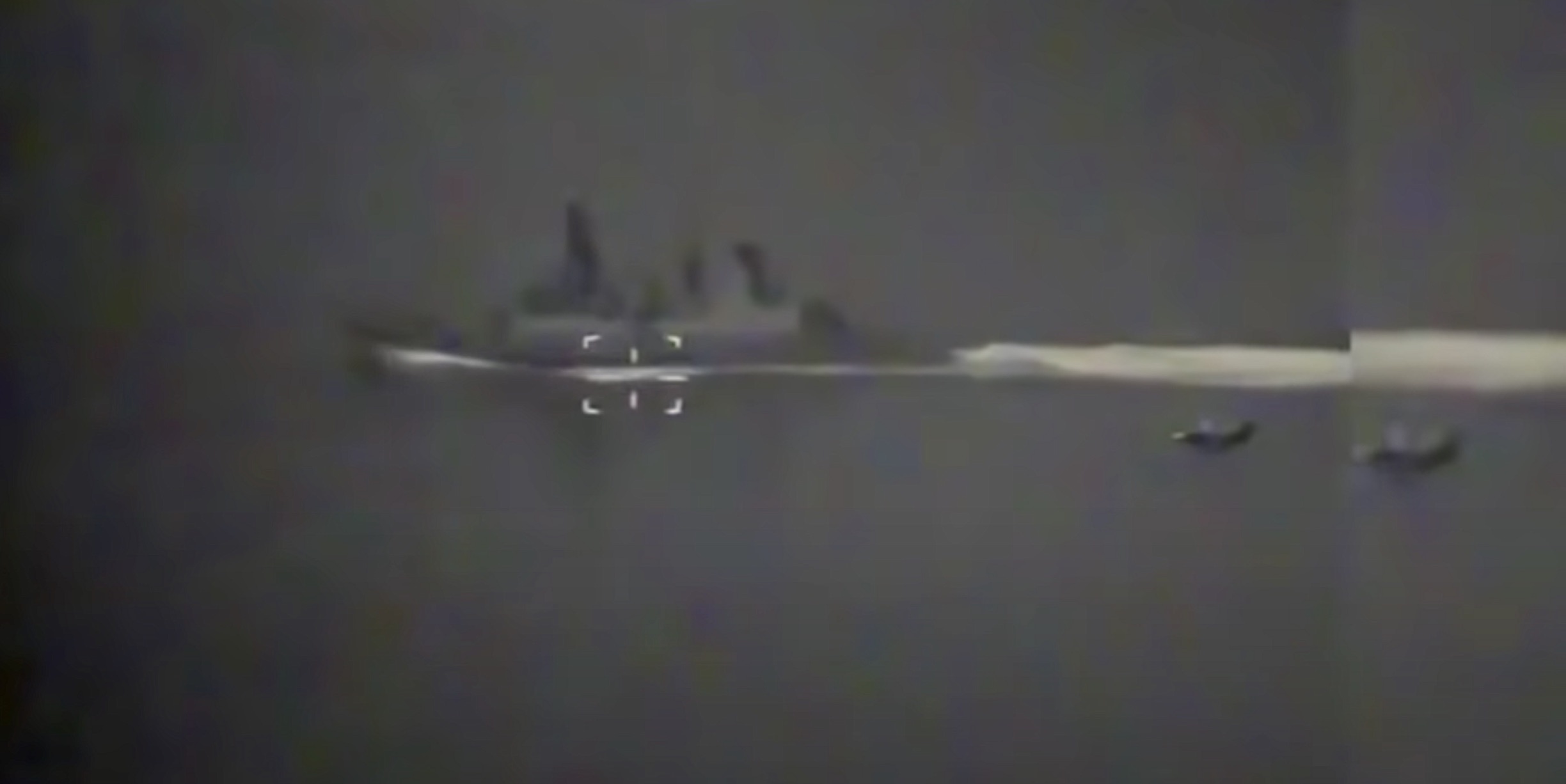
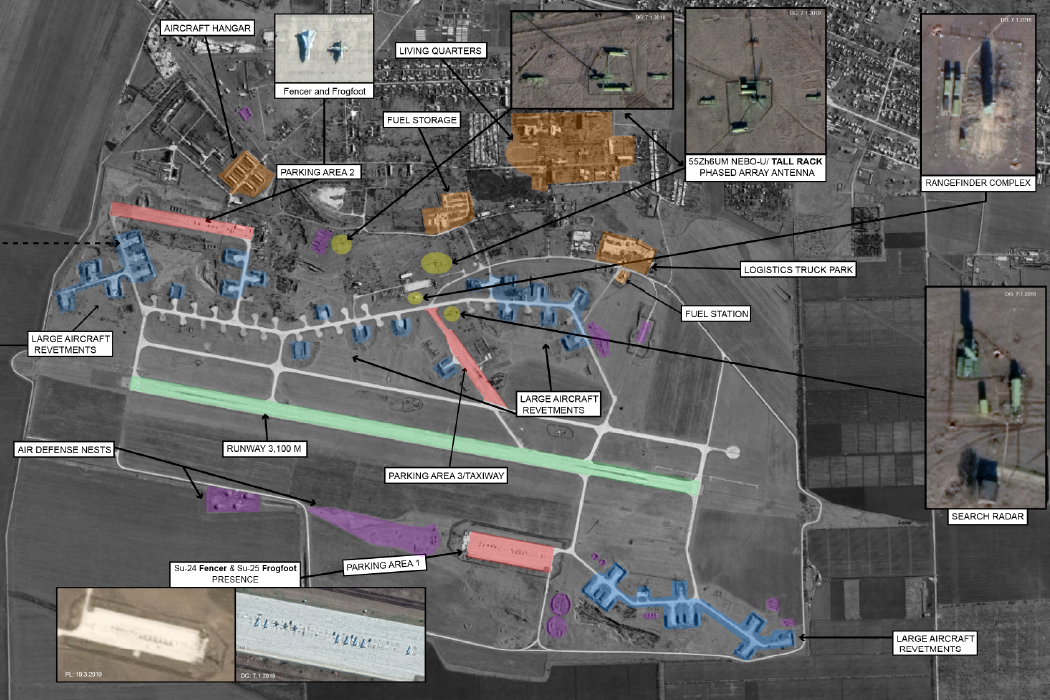
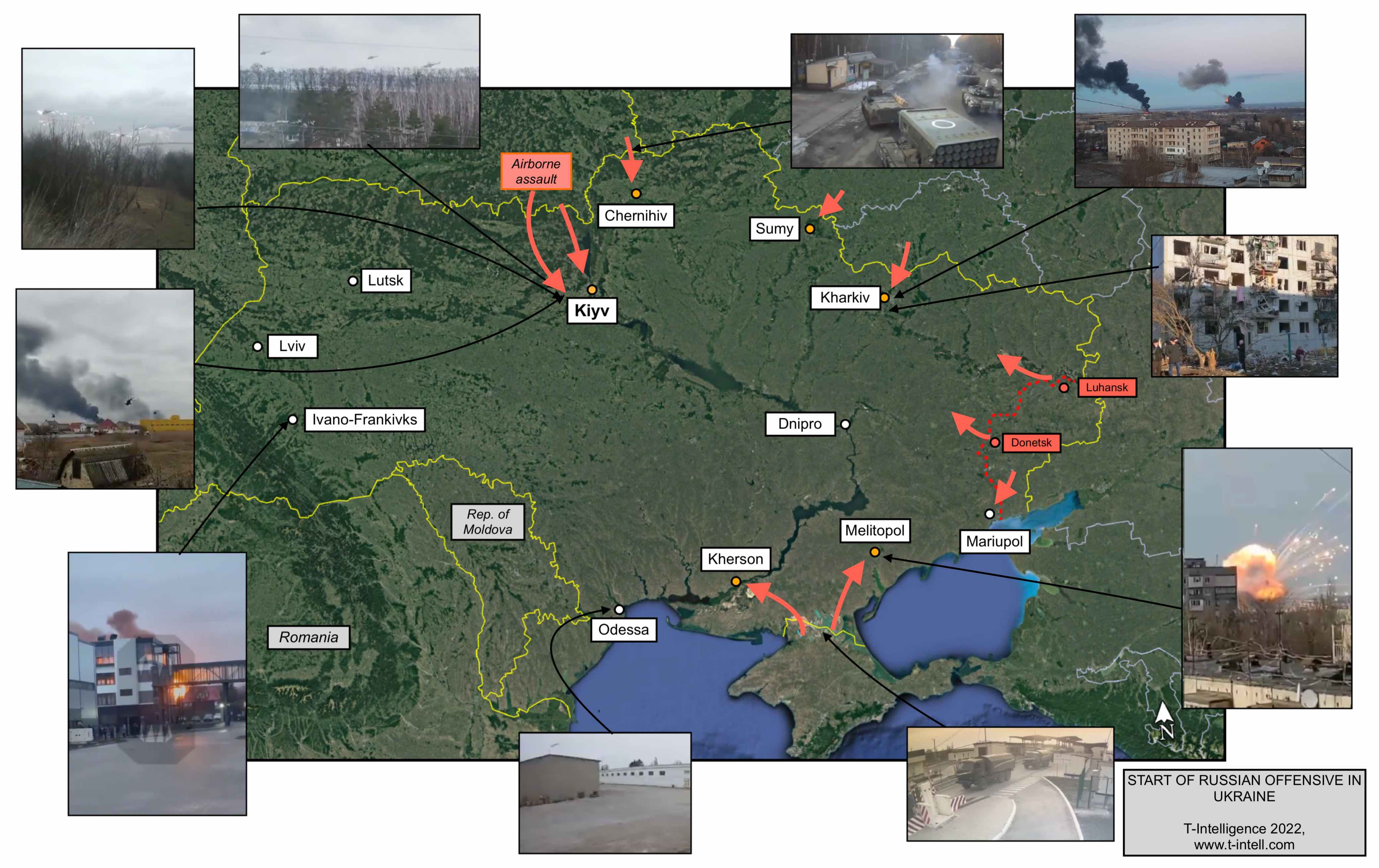


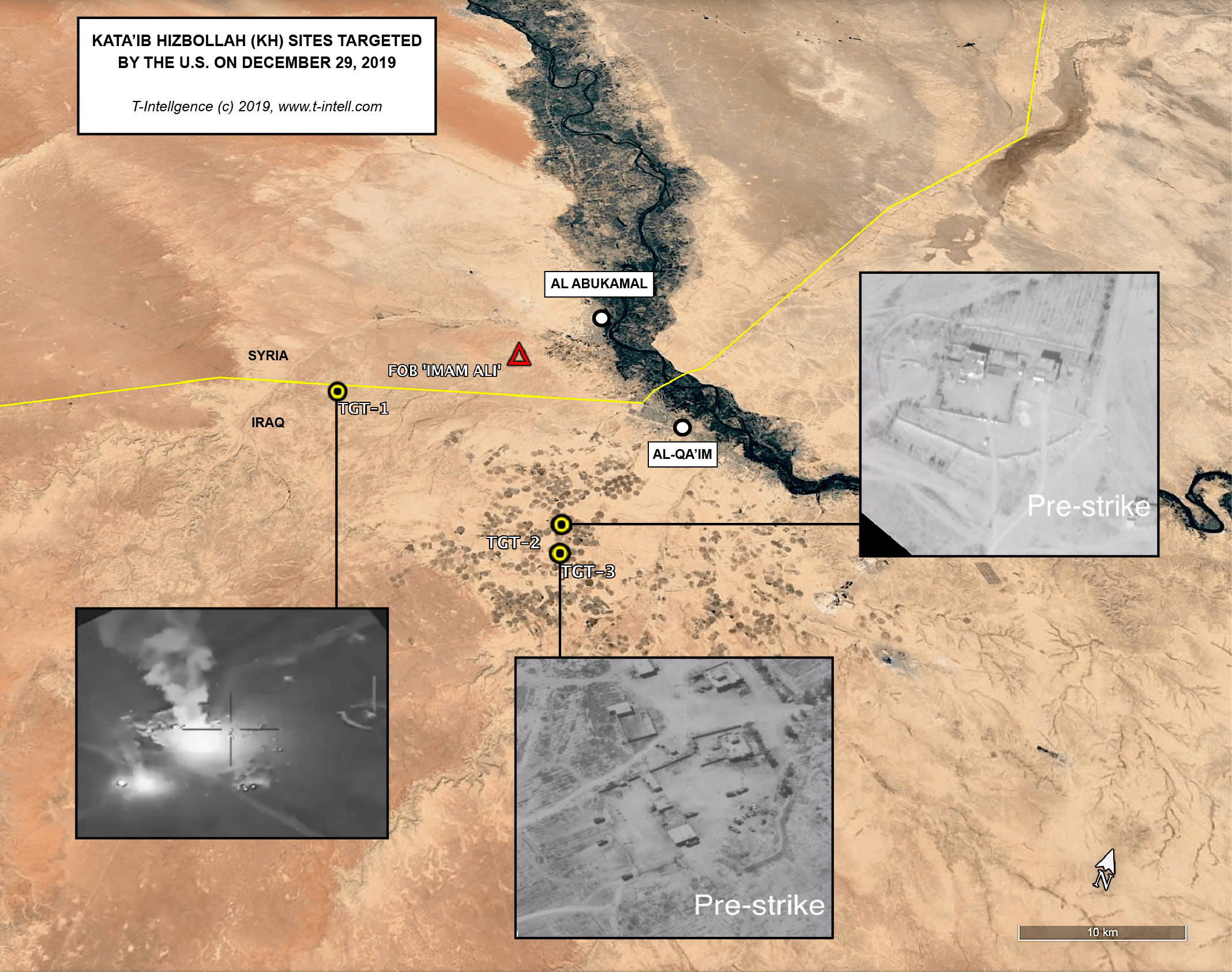


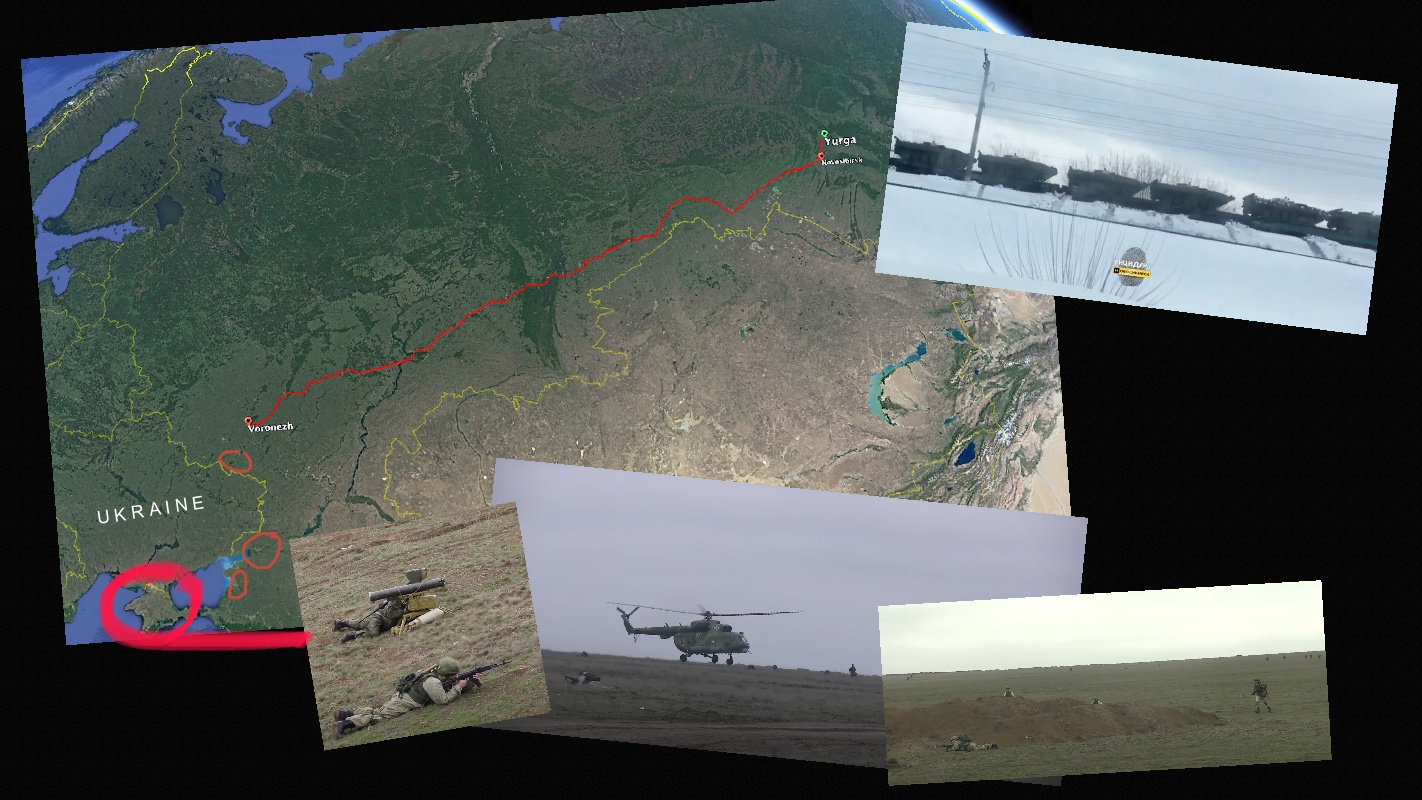
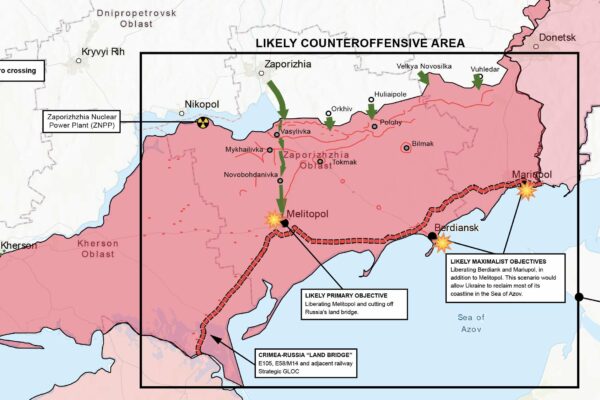
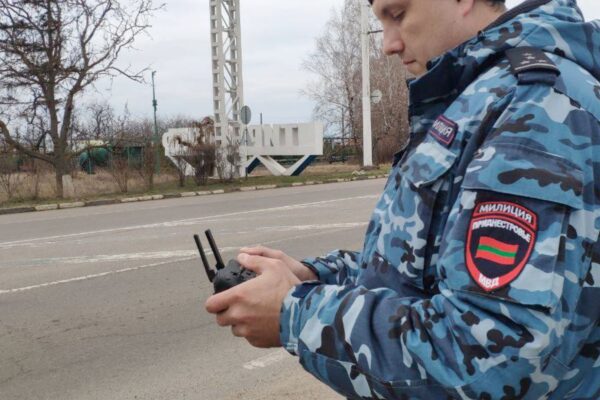
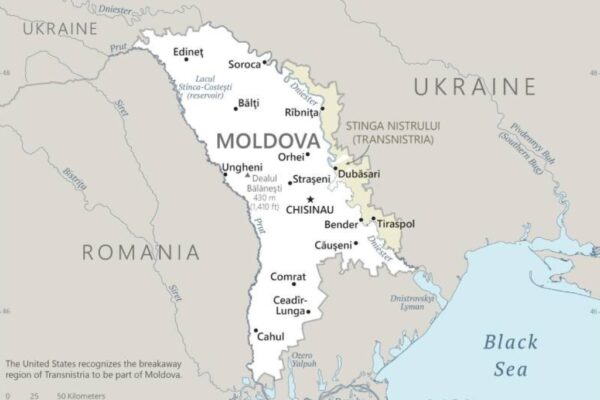
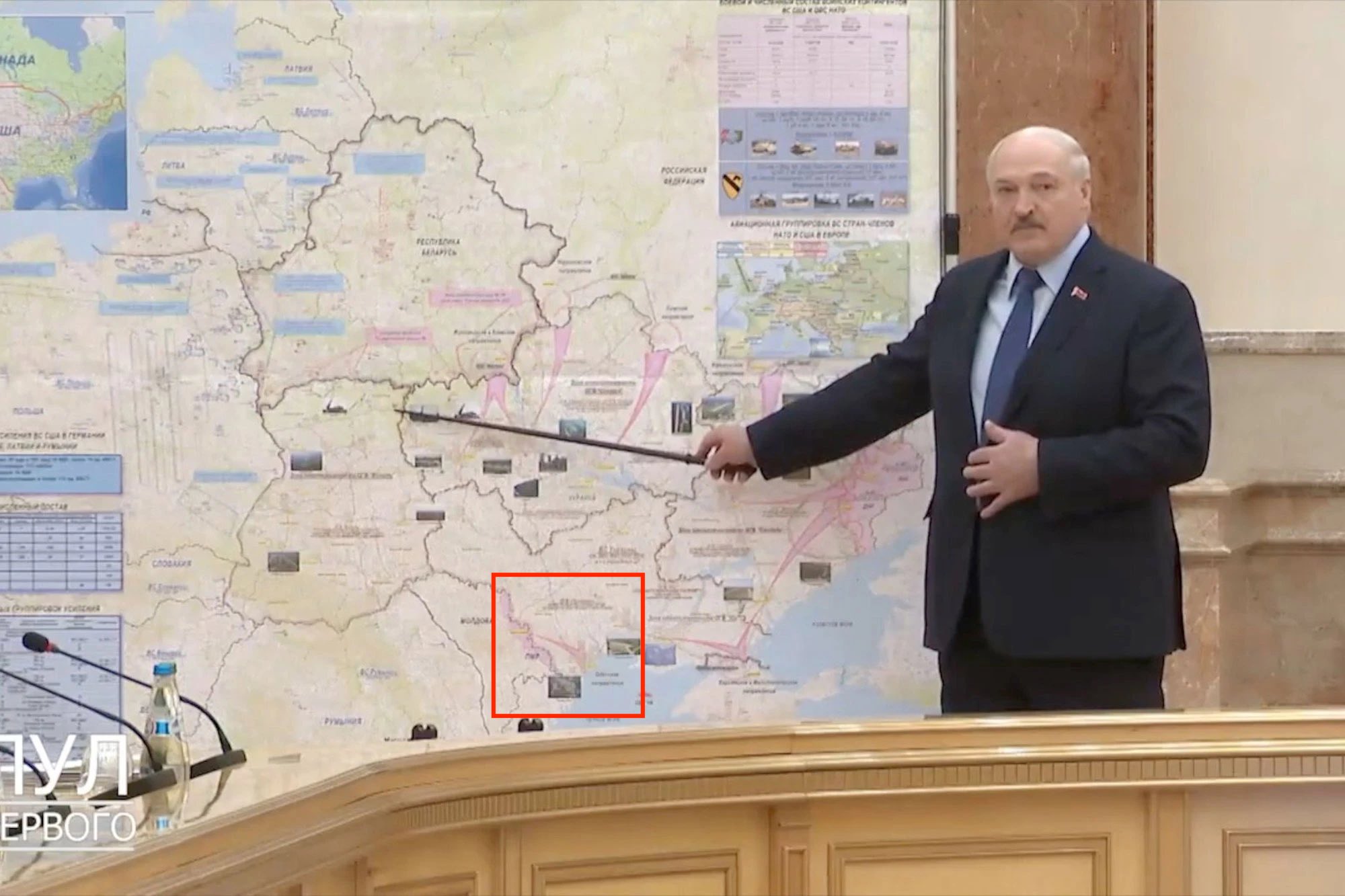
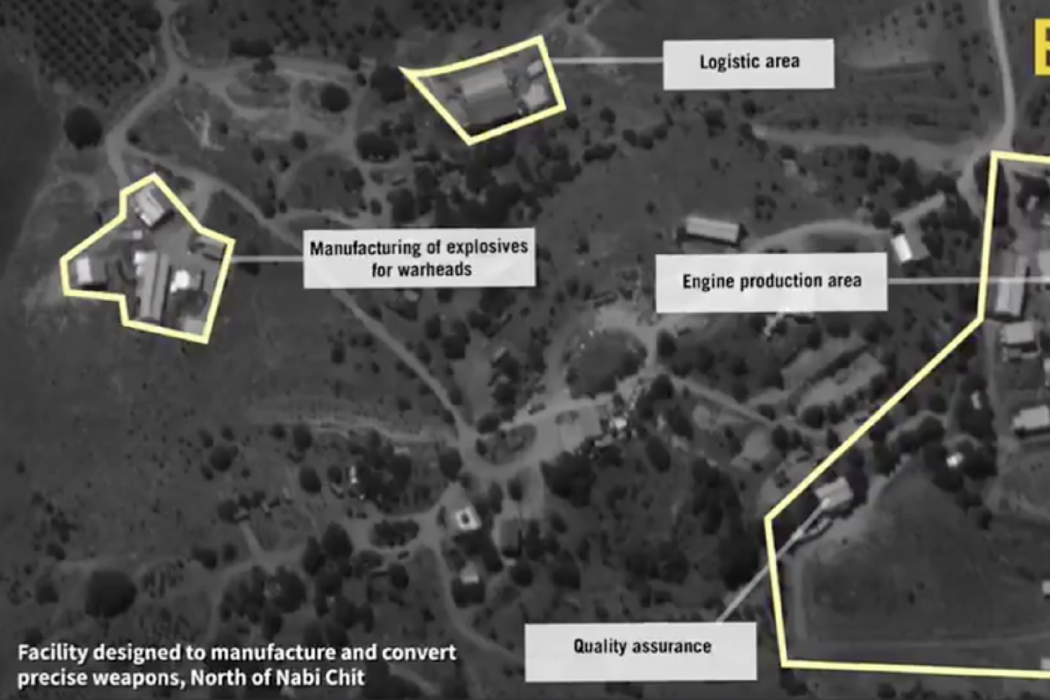



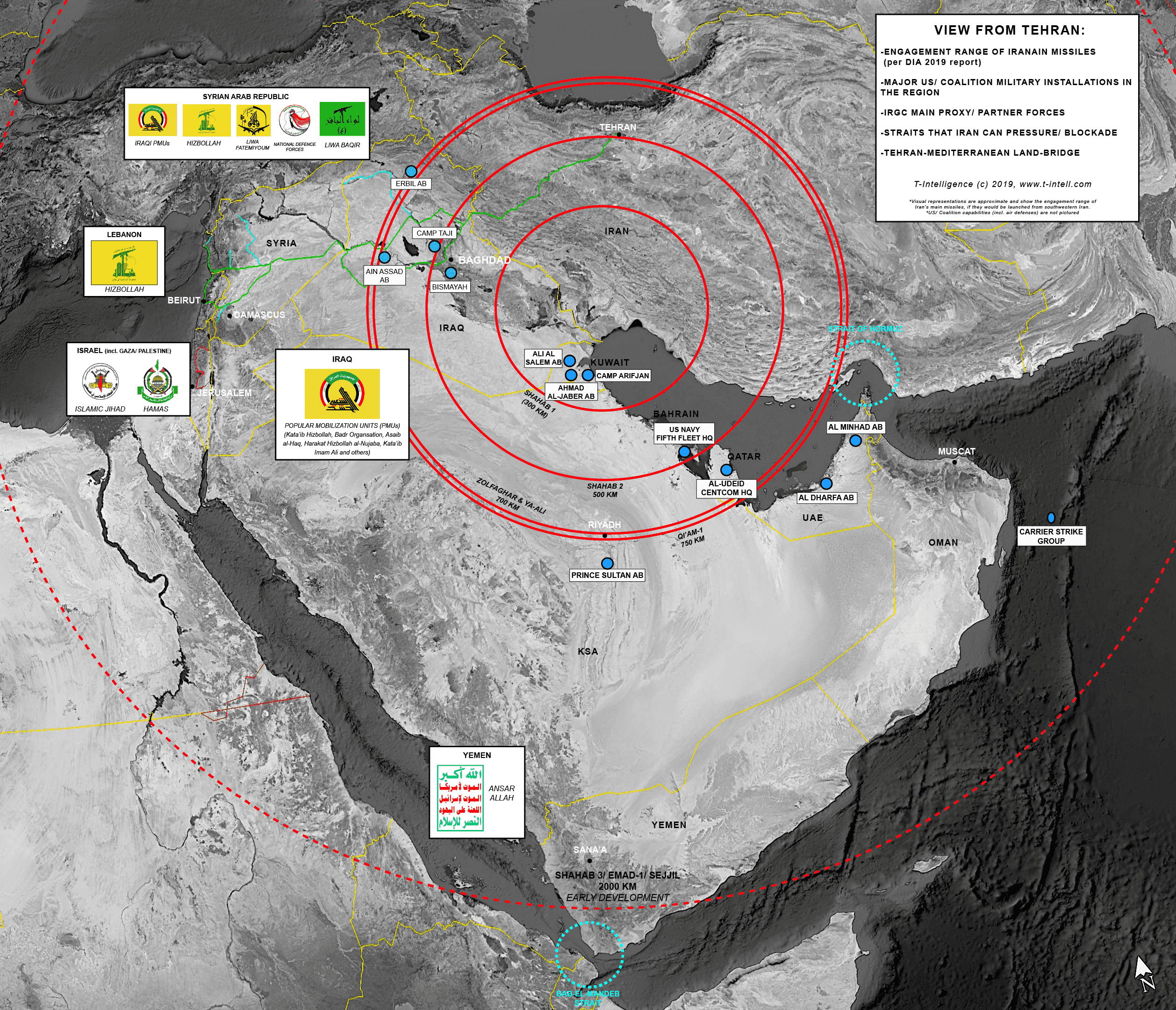


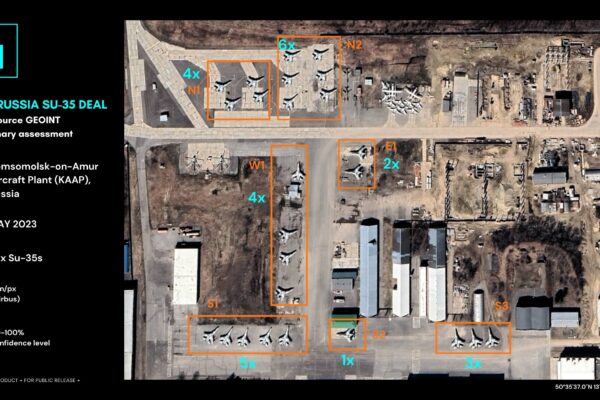
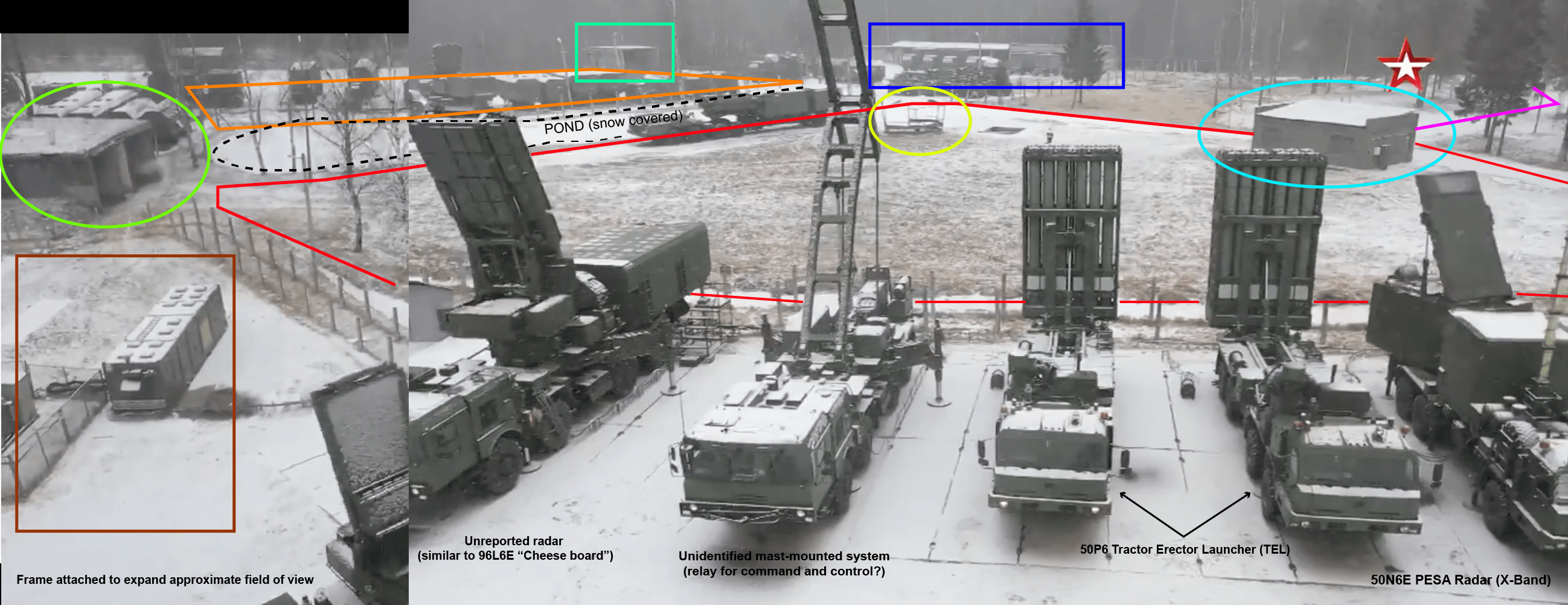
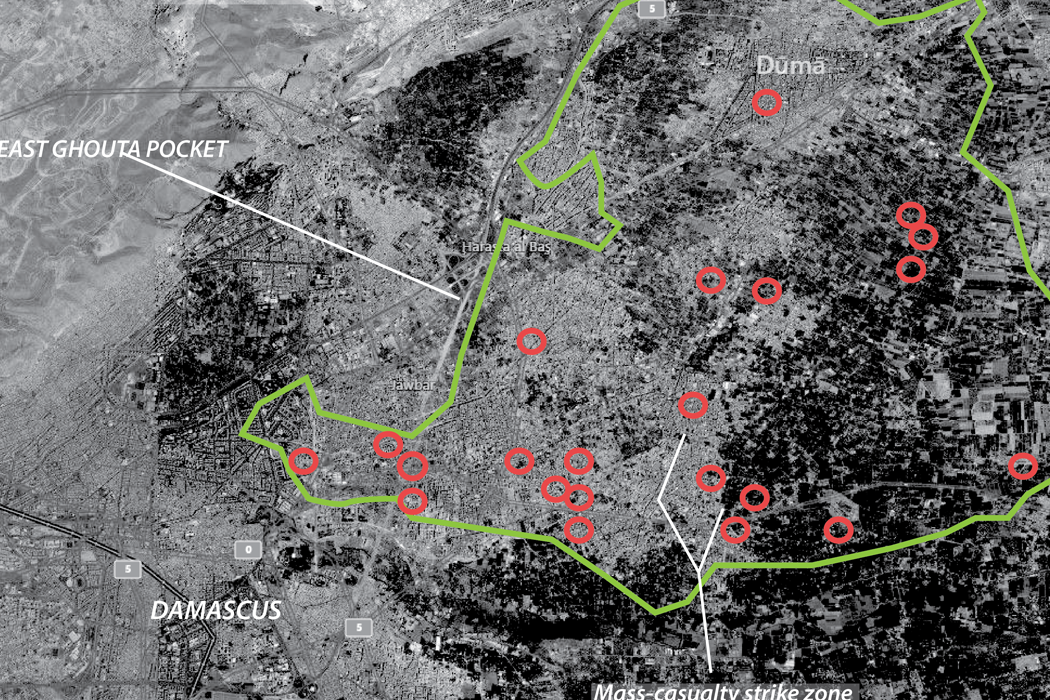
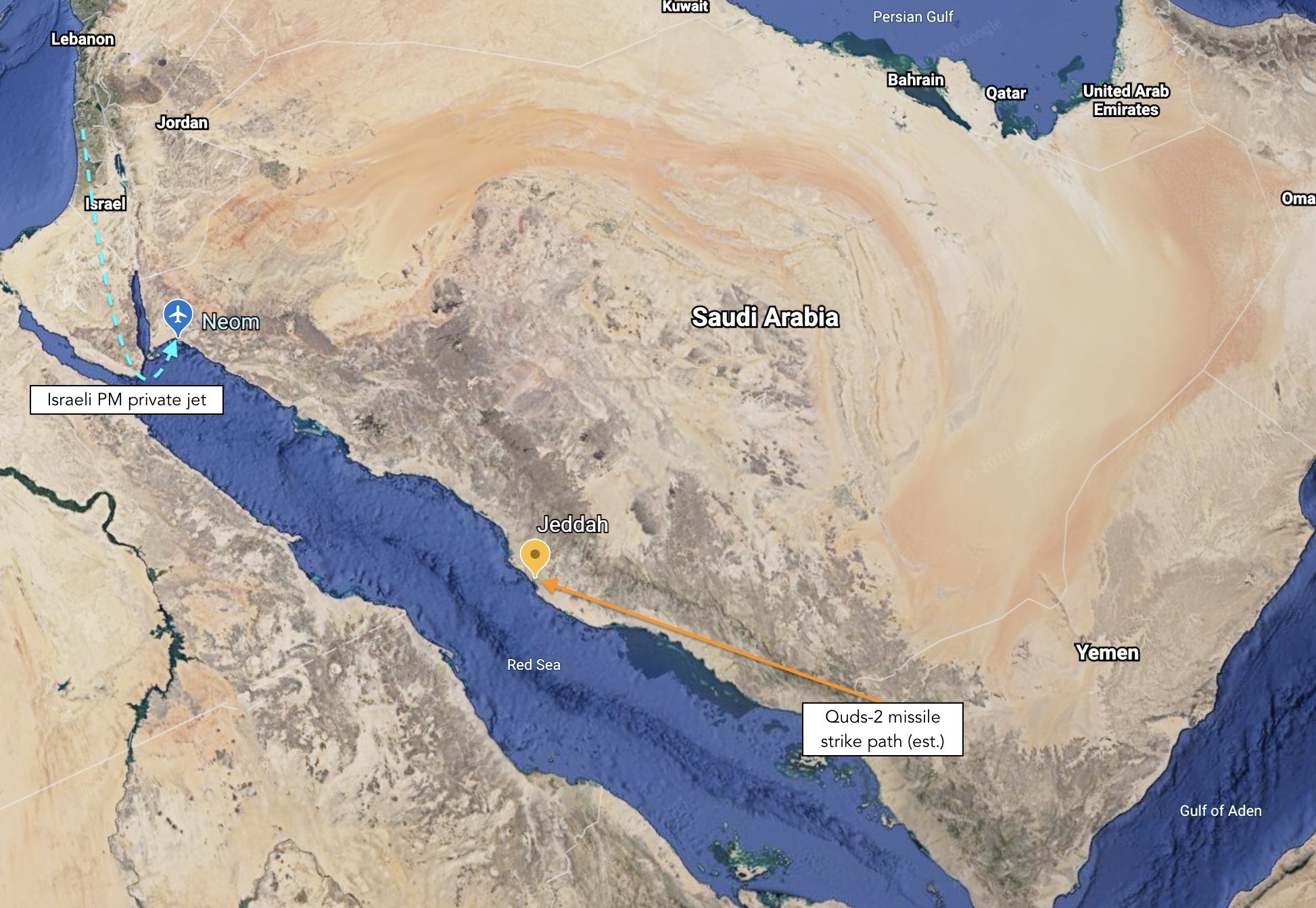
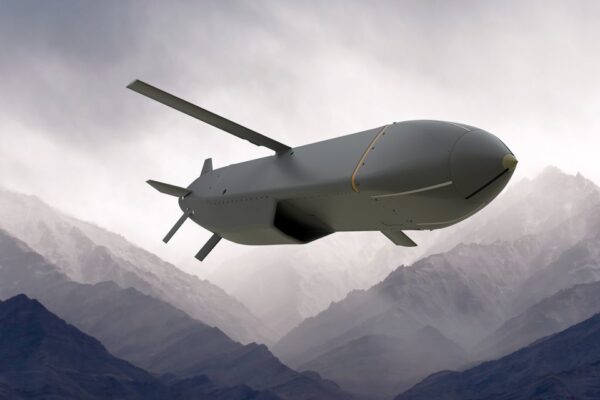
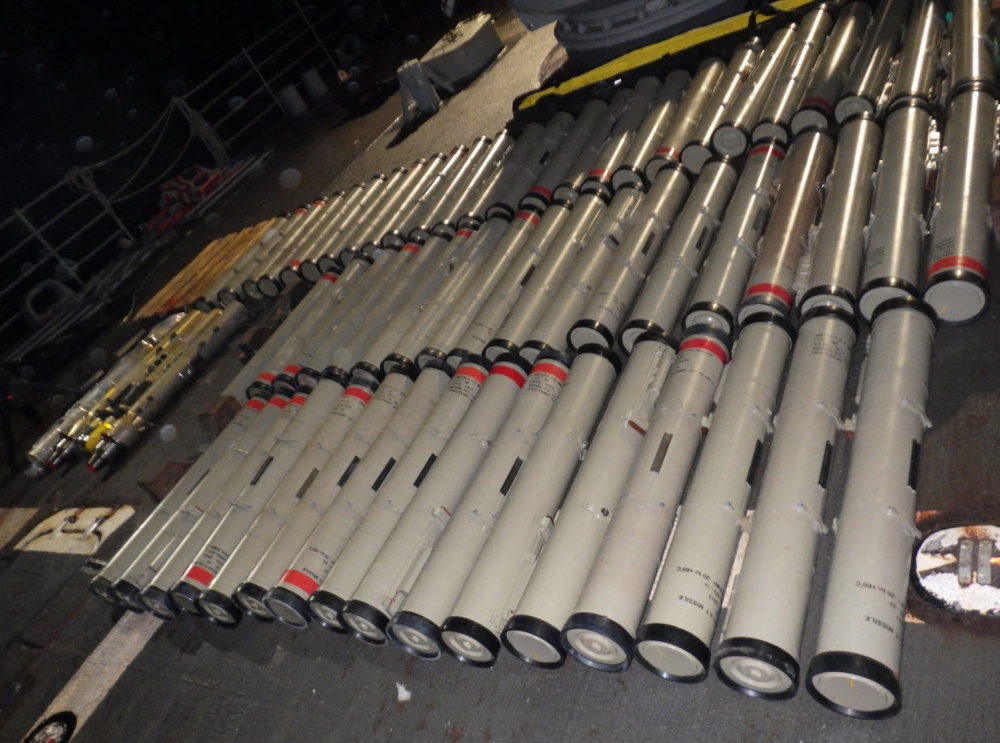
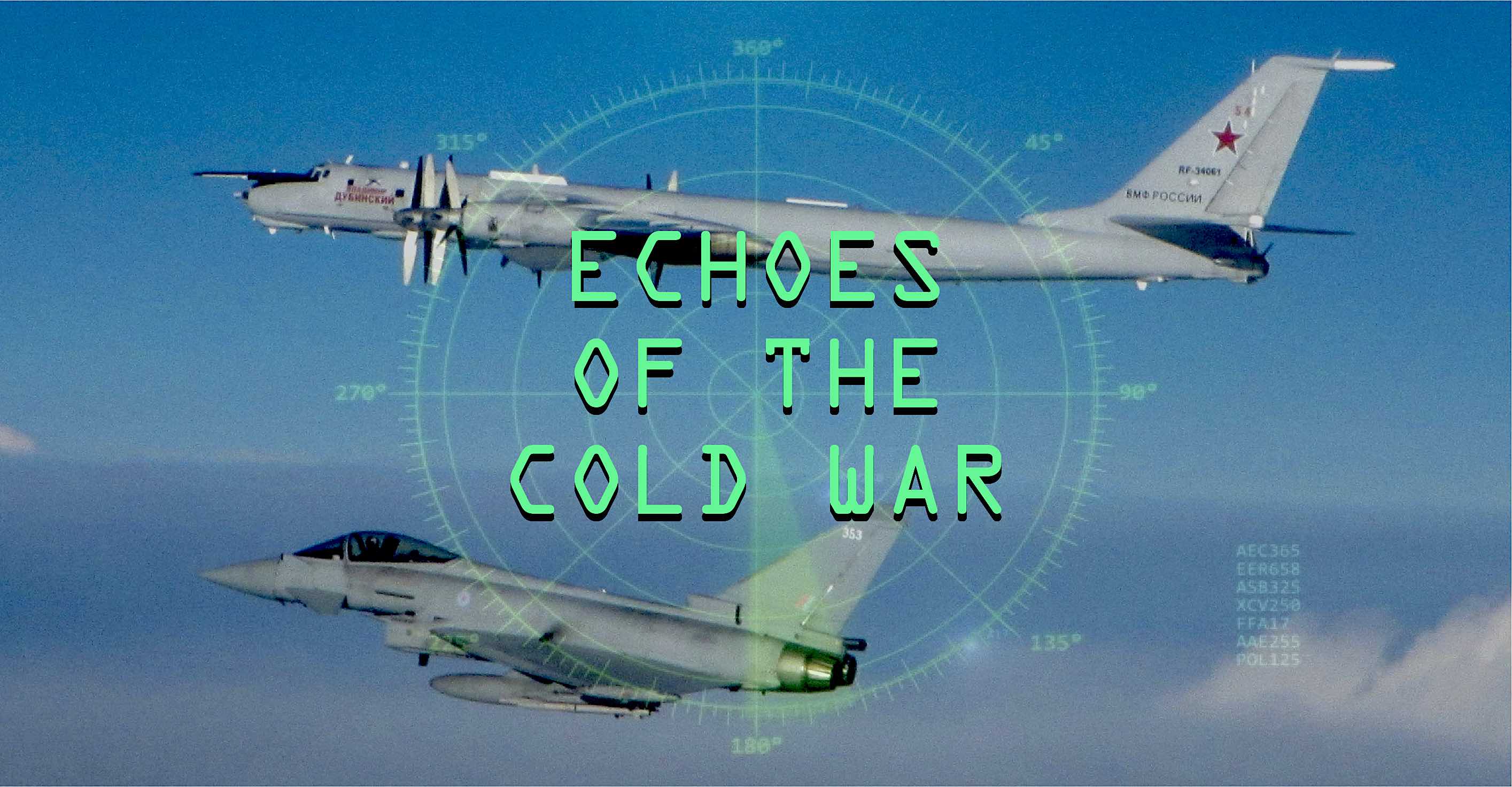
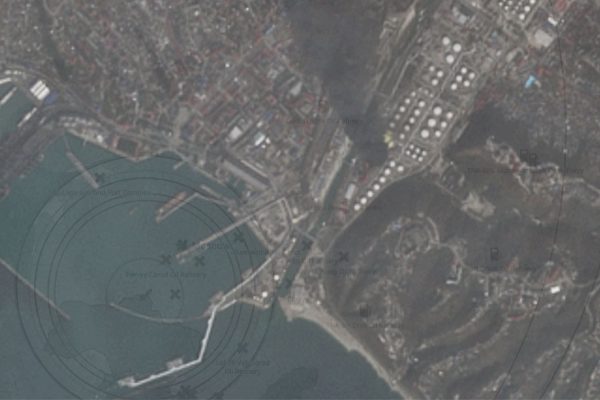
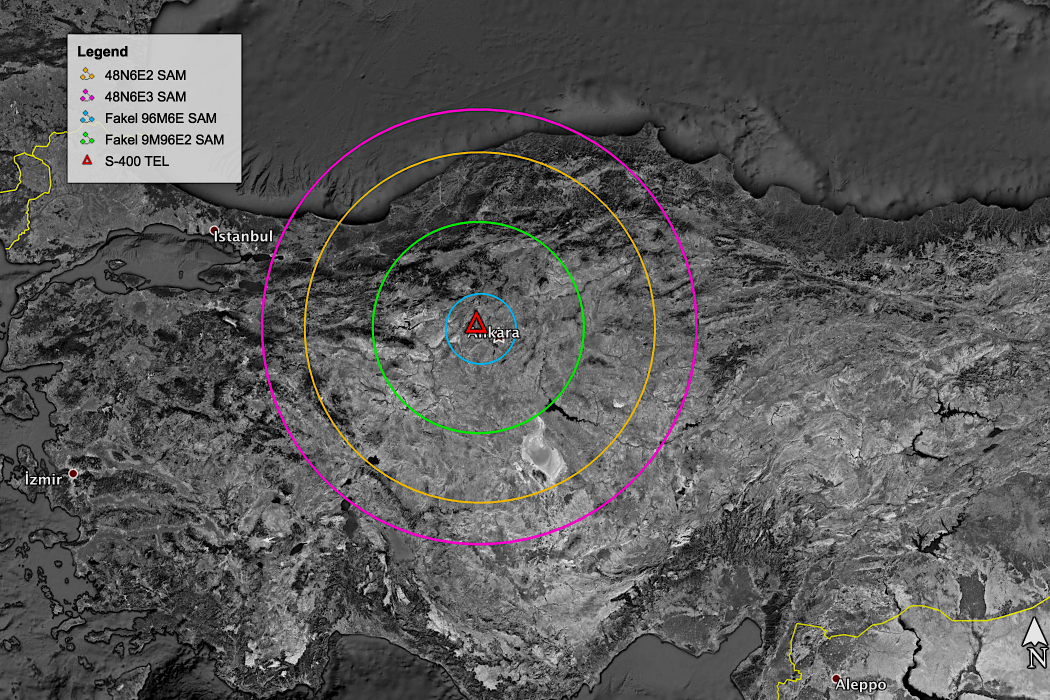
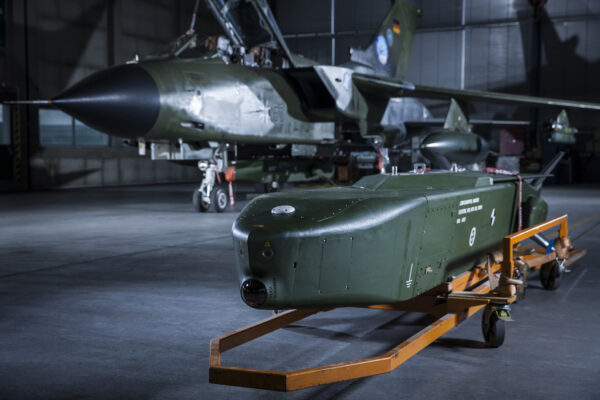


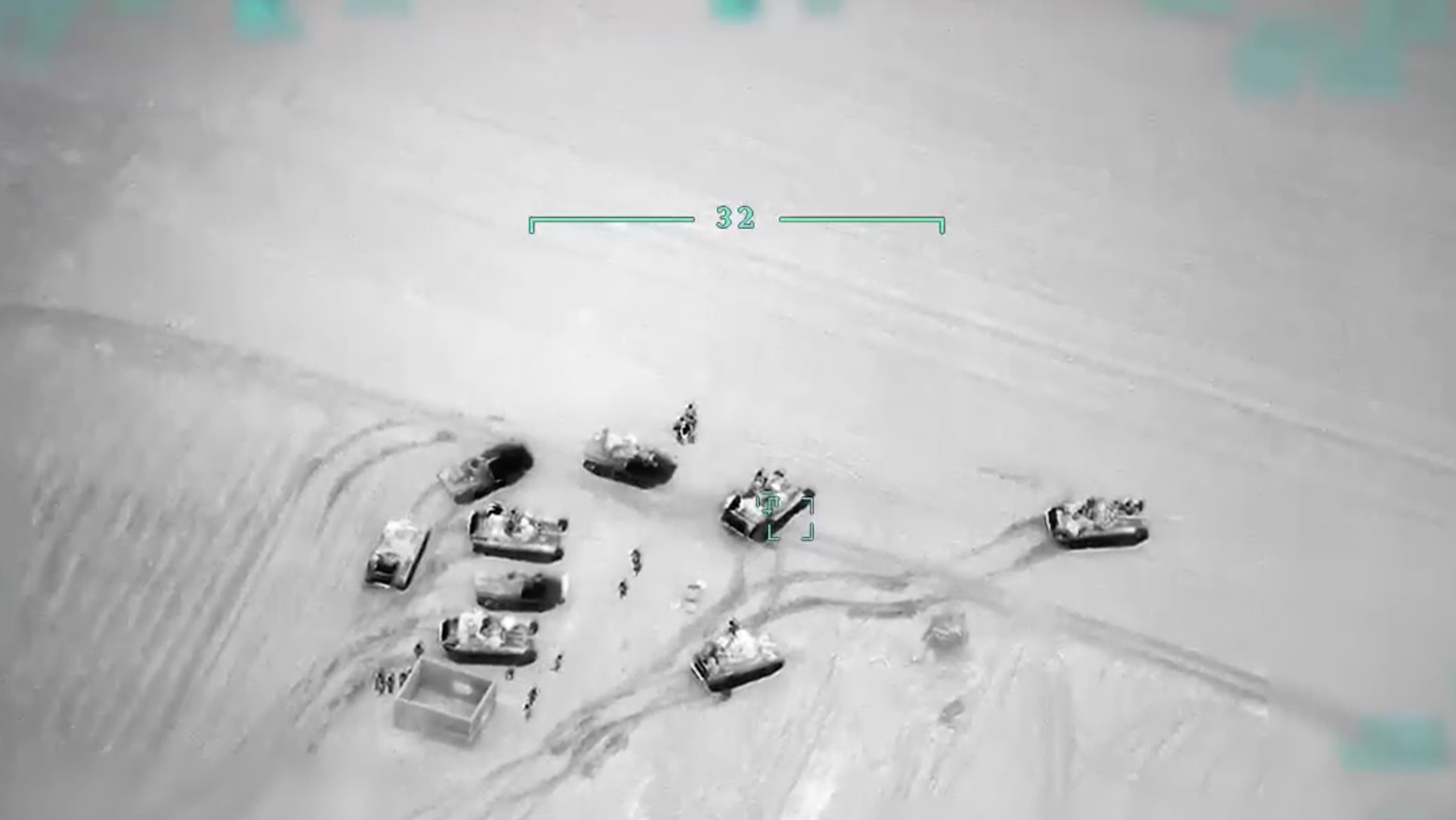
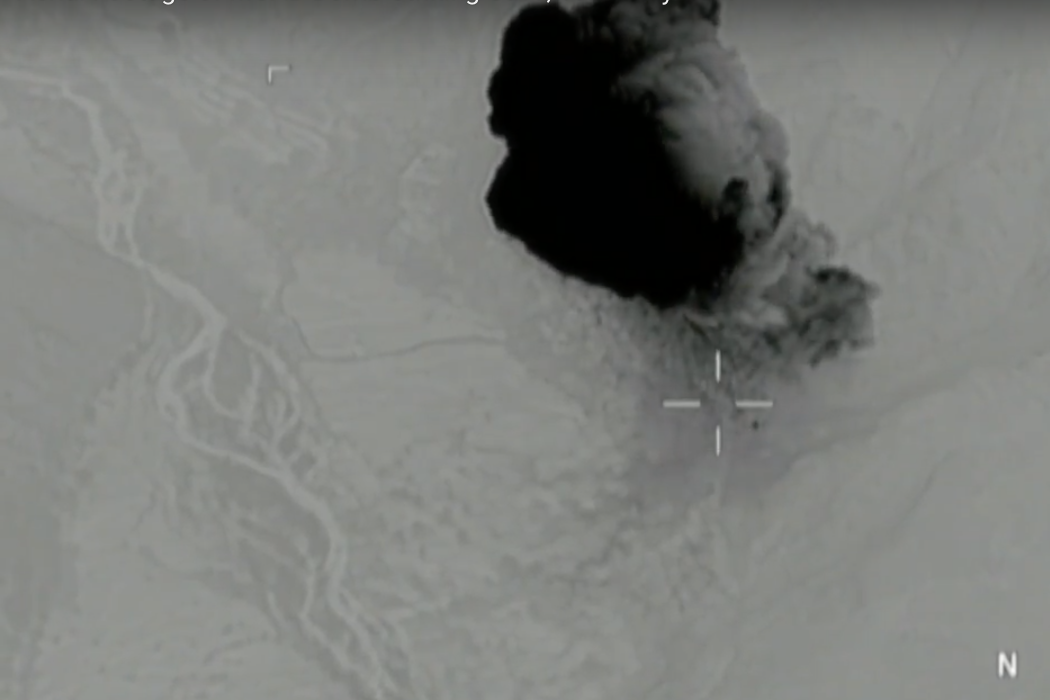

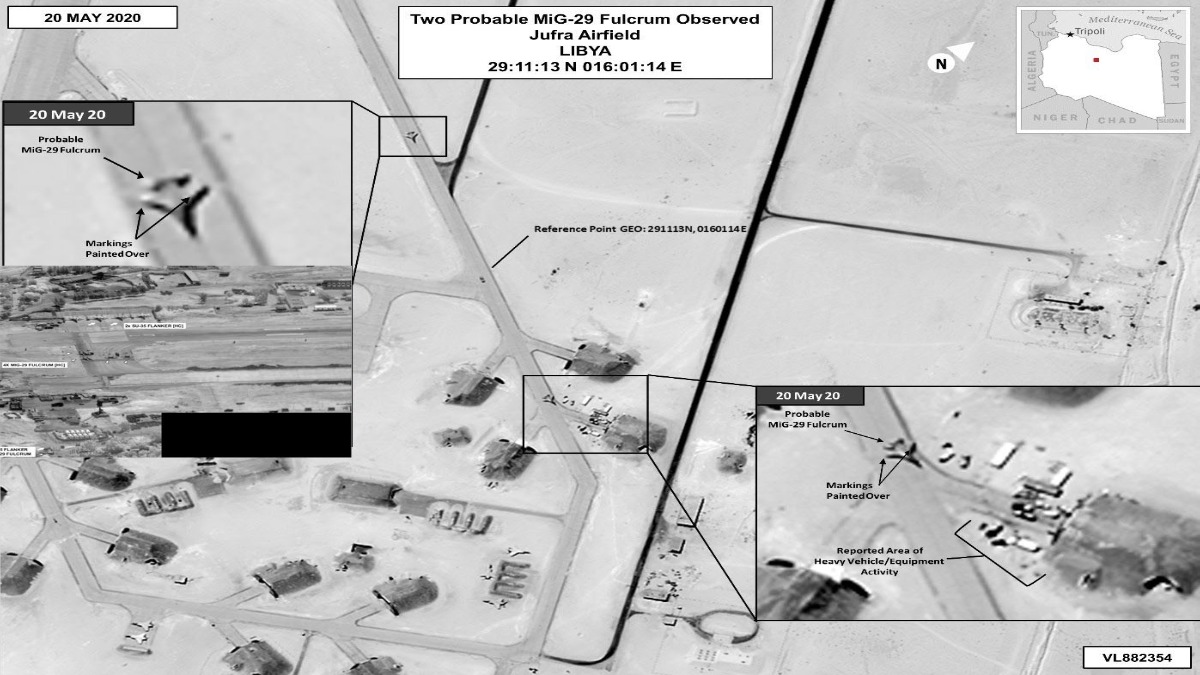
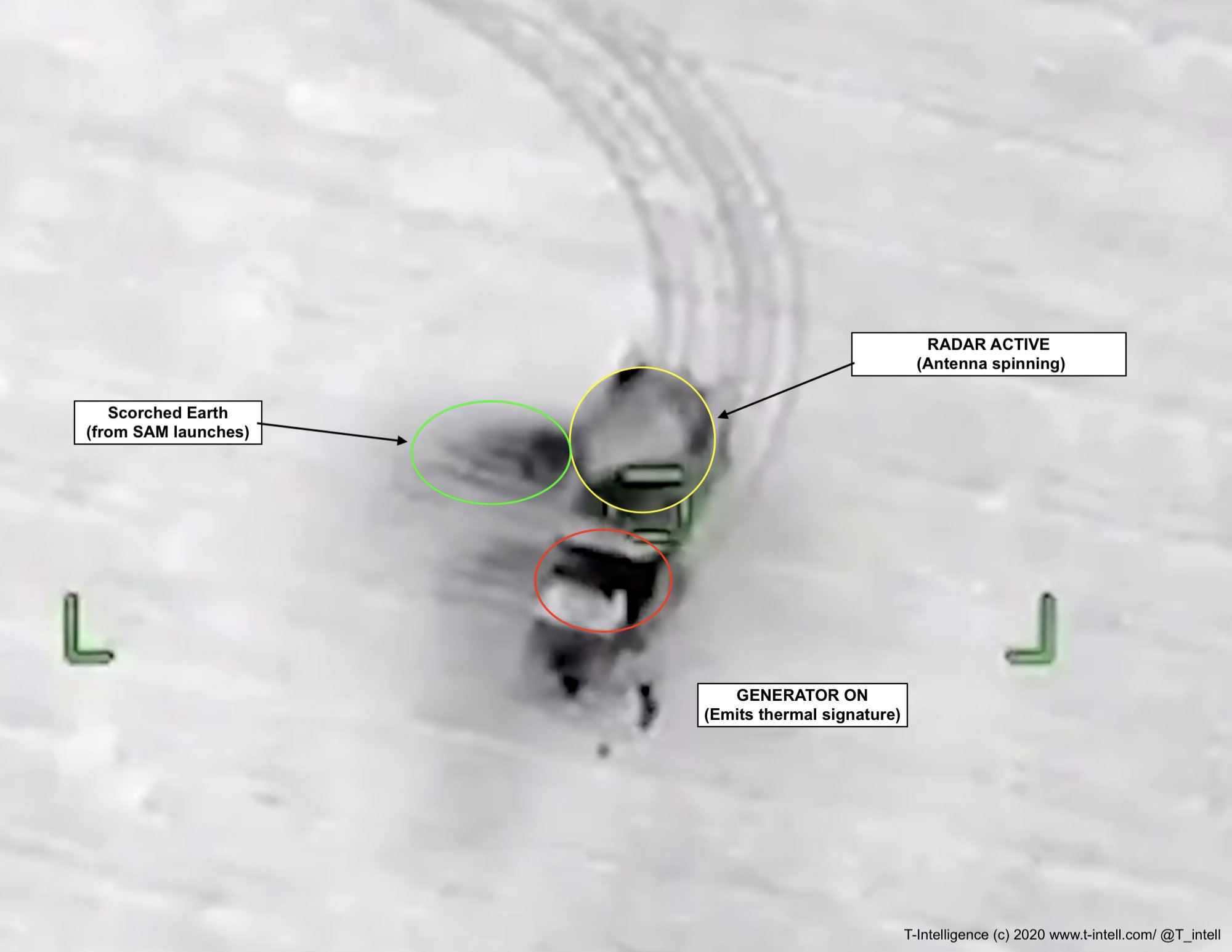


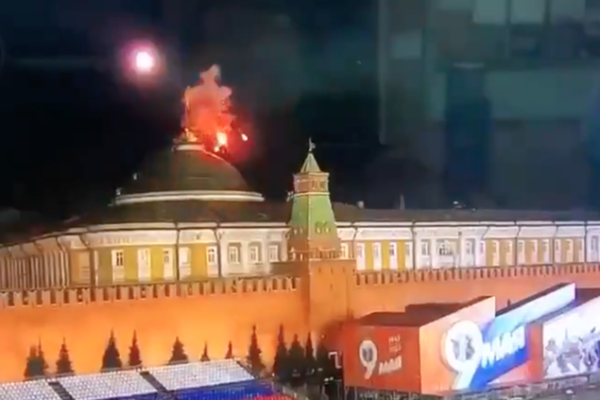



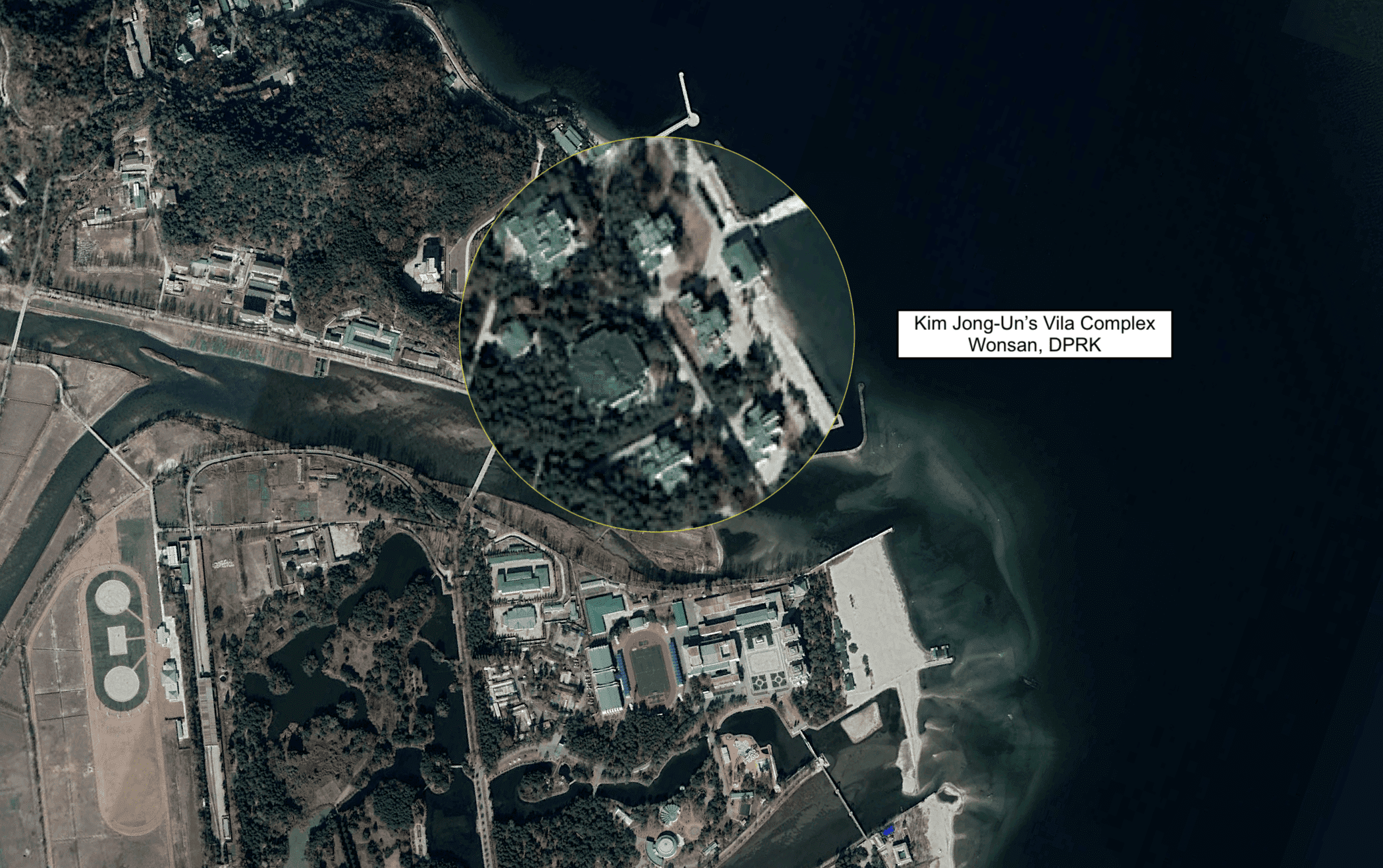
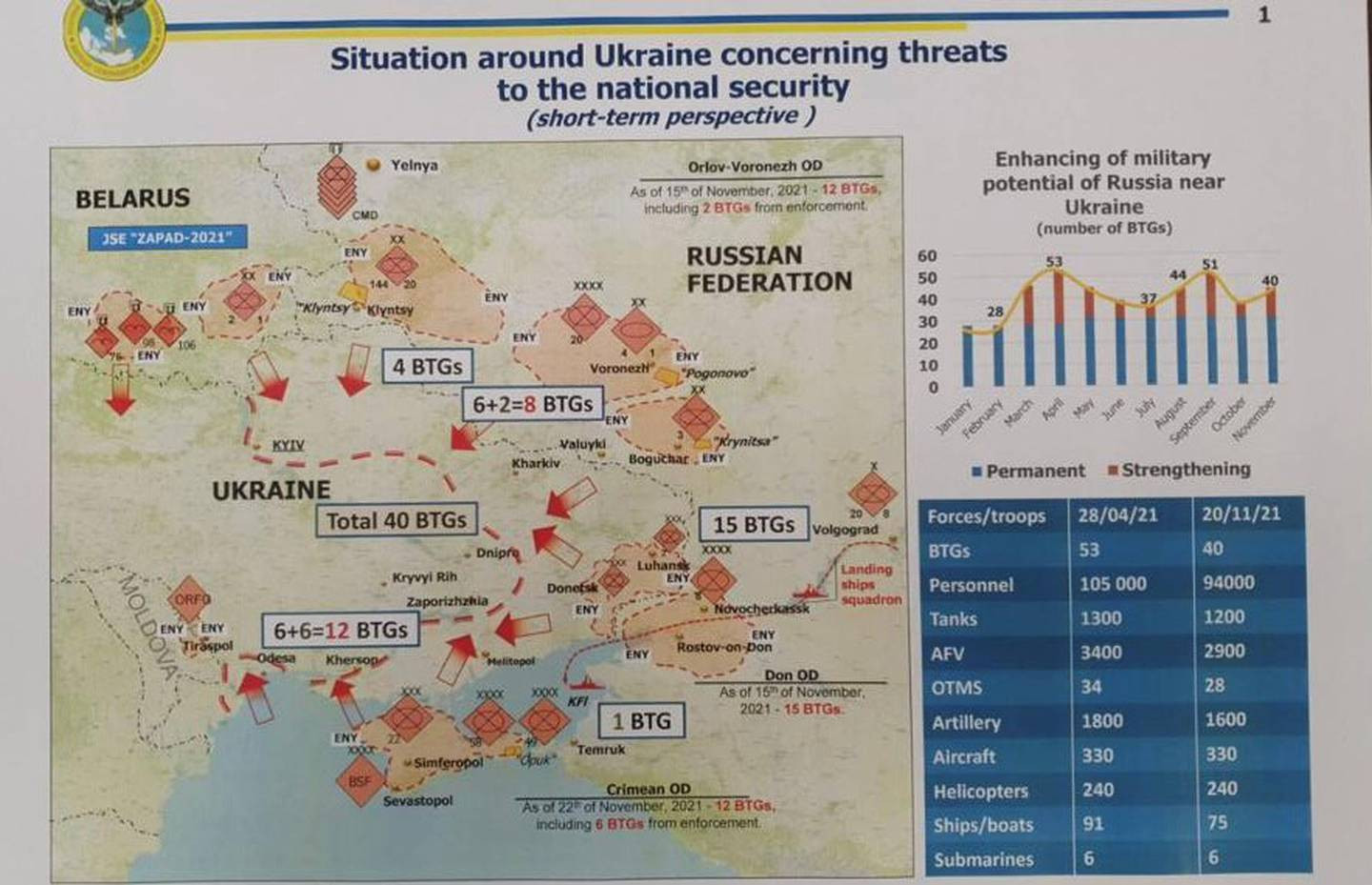

![Evacuation “Shattered Glass”: The US/ Coalition Bases in Syria [Part 2]](https://t-intell.com/wp-content/uploads/2020/02/TelSalman24.2.2018_optimized.png)
